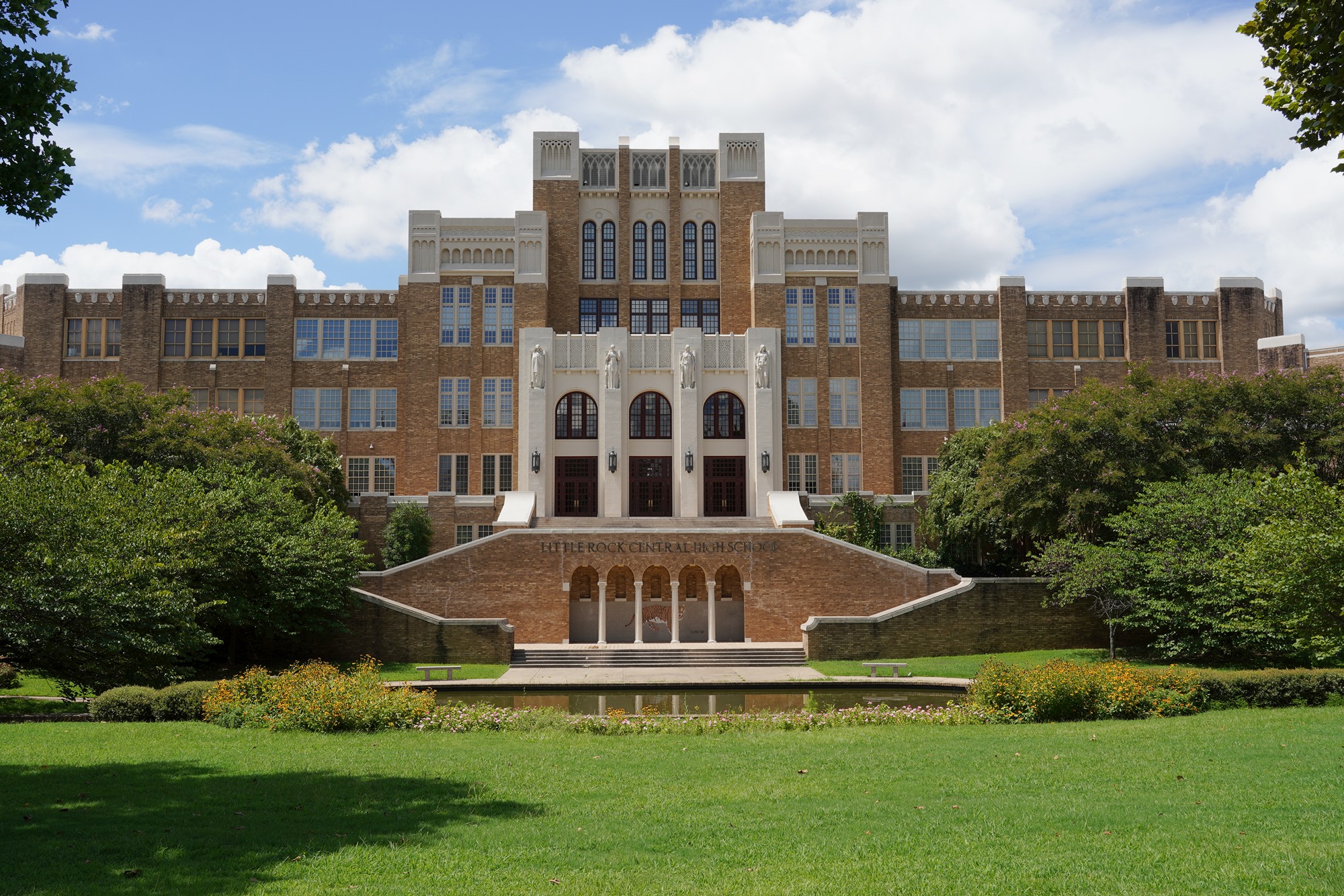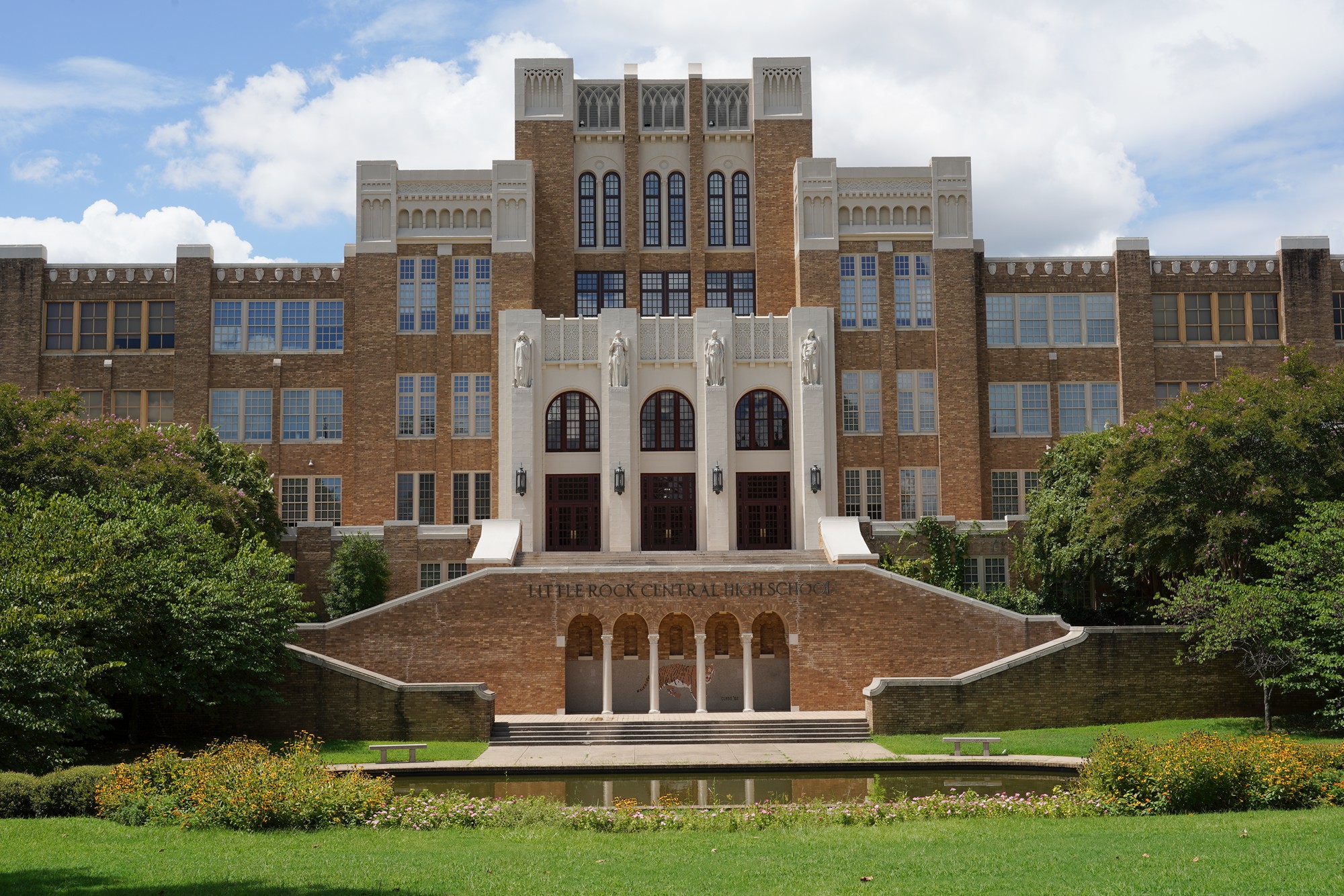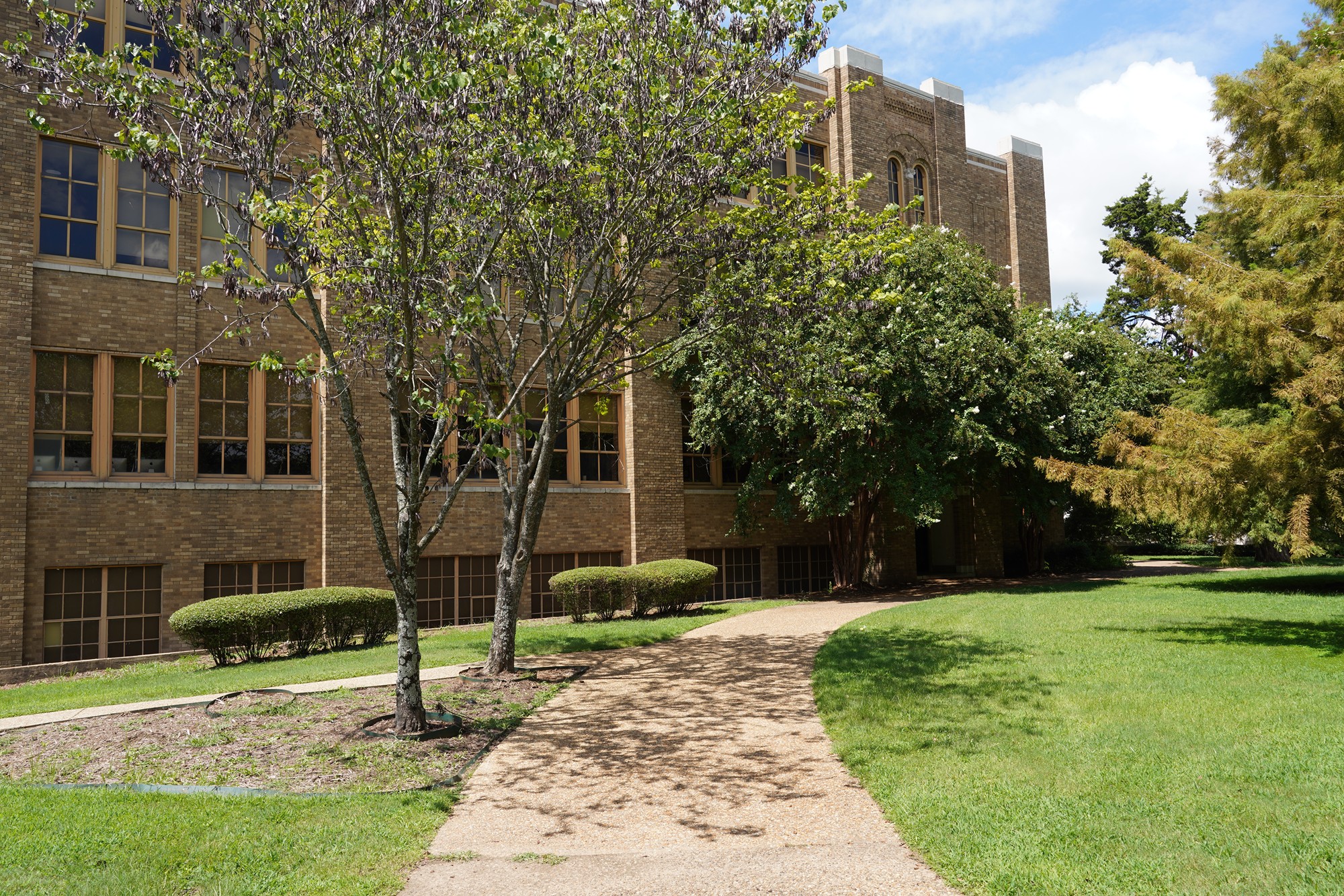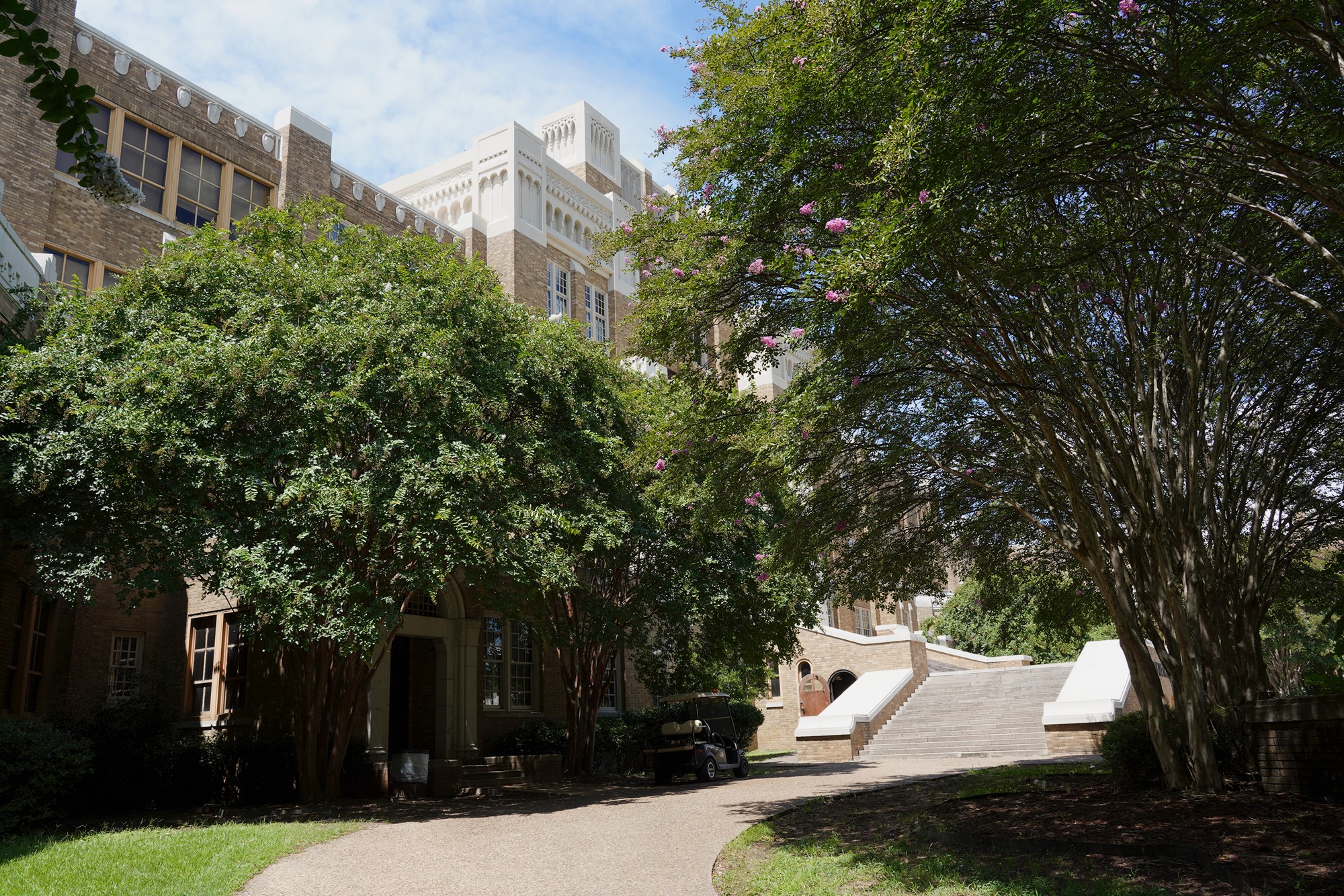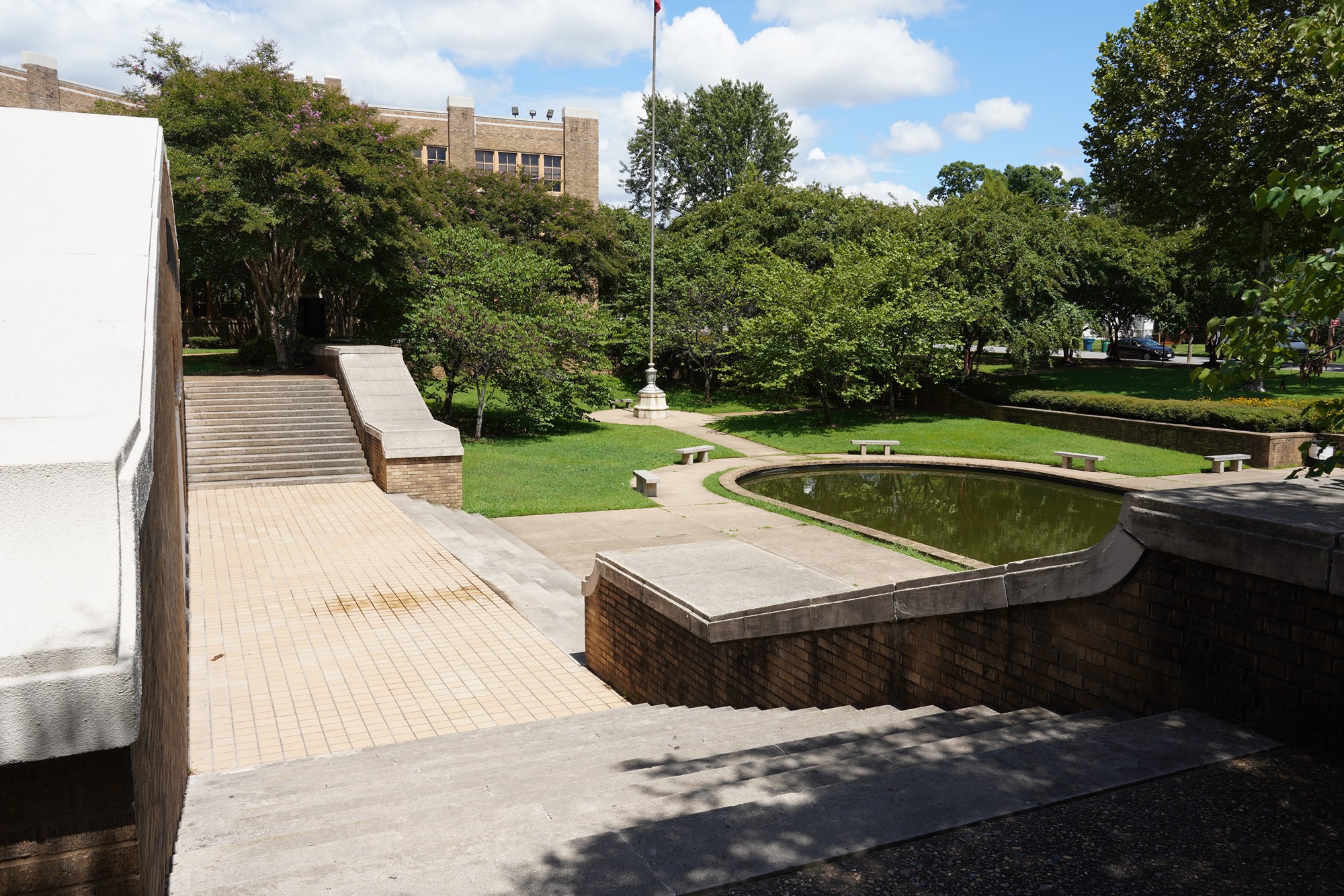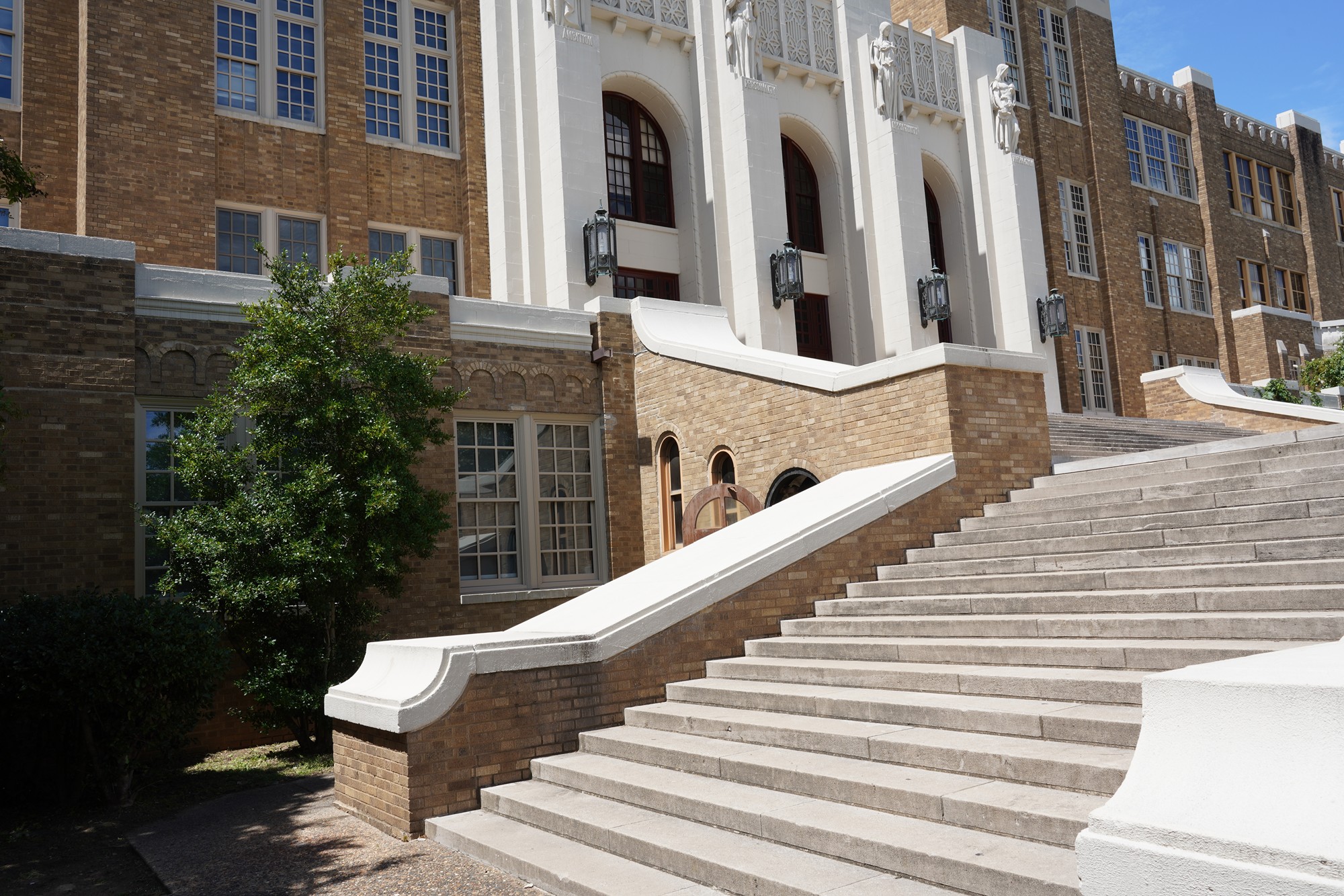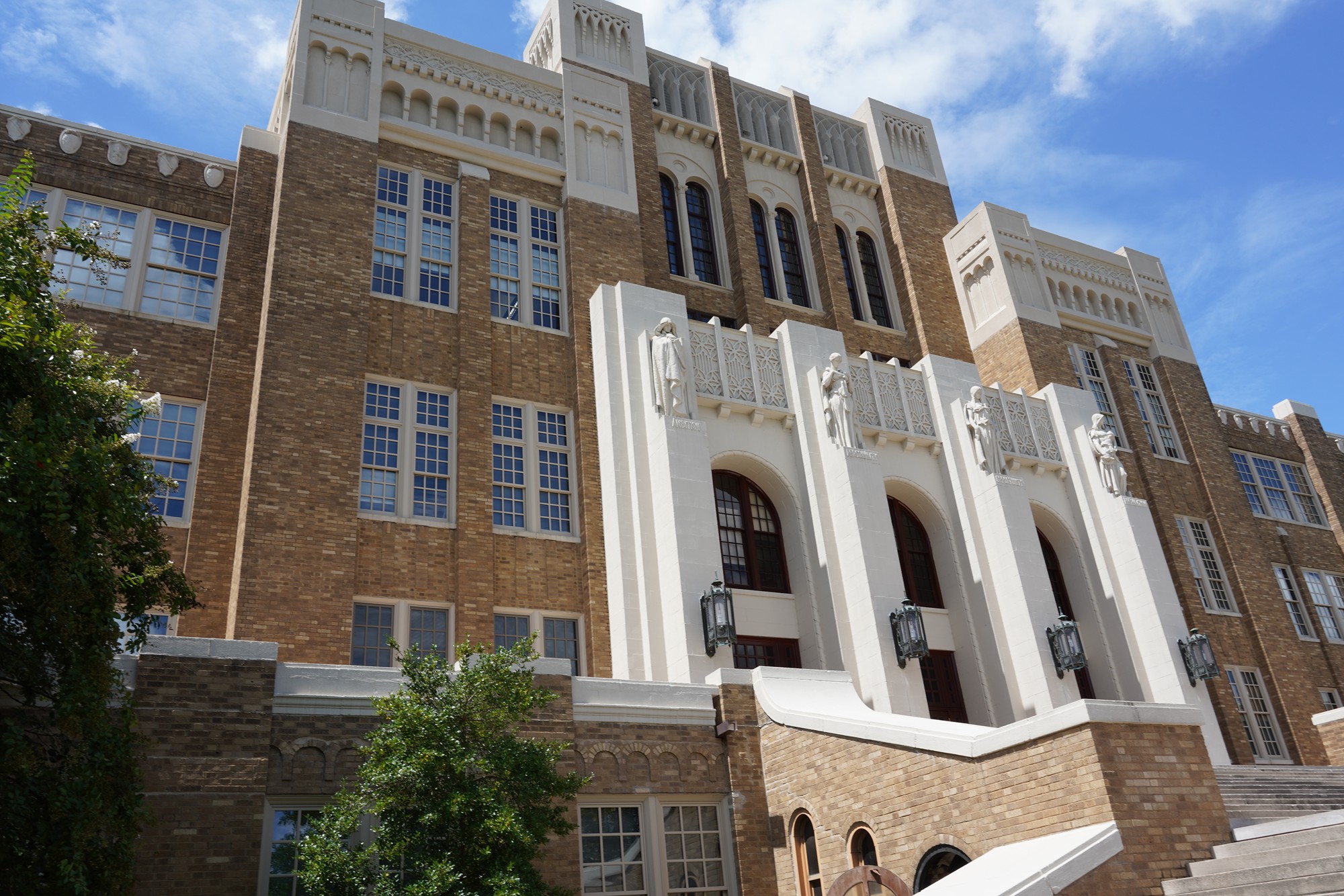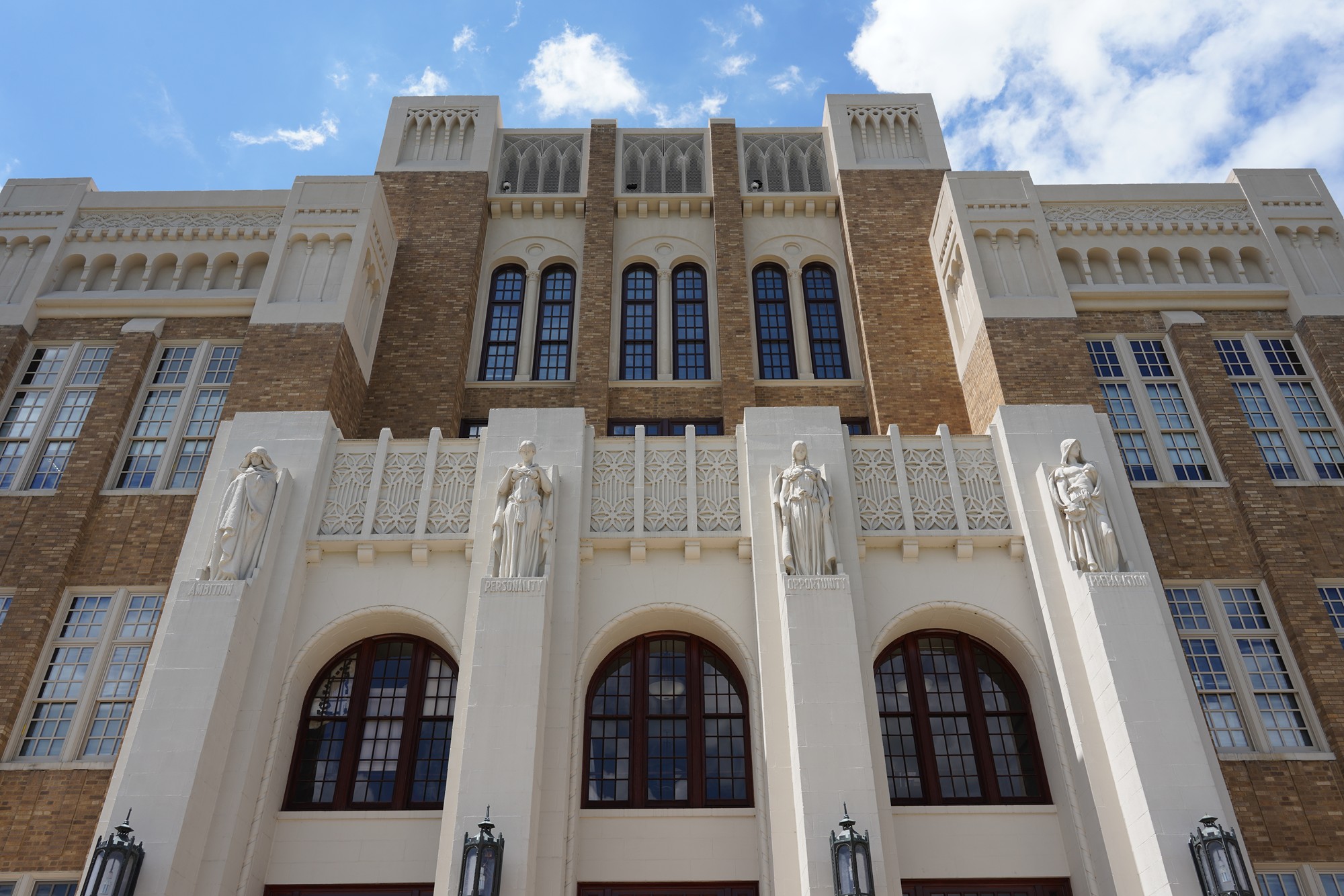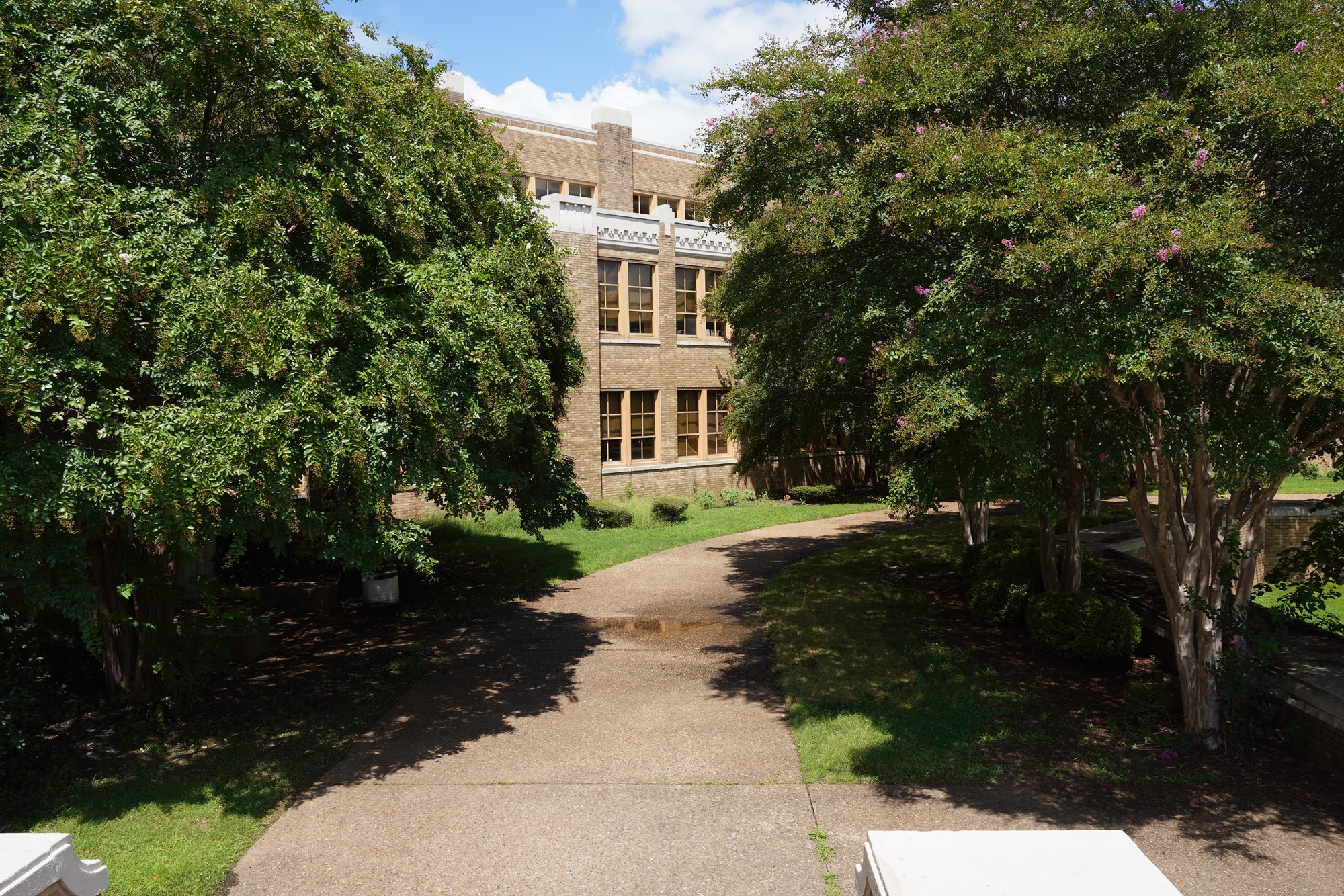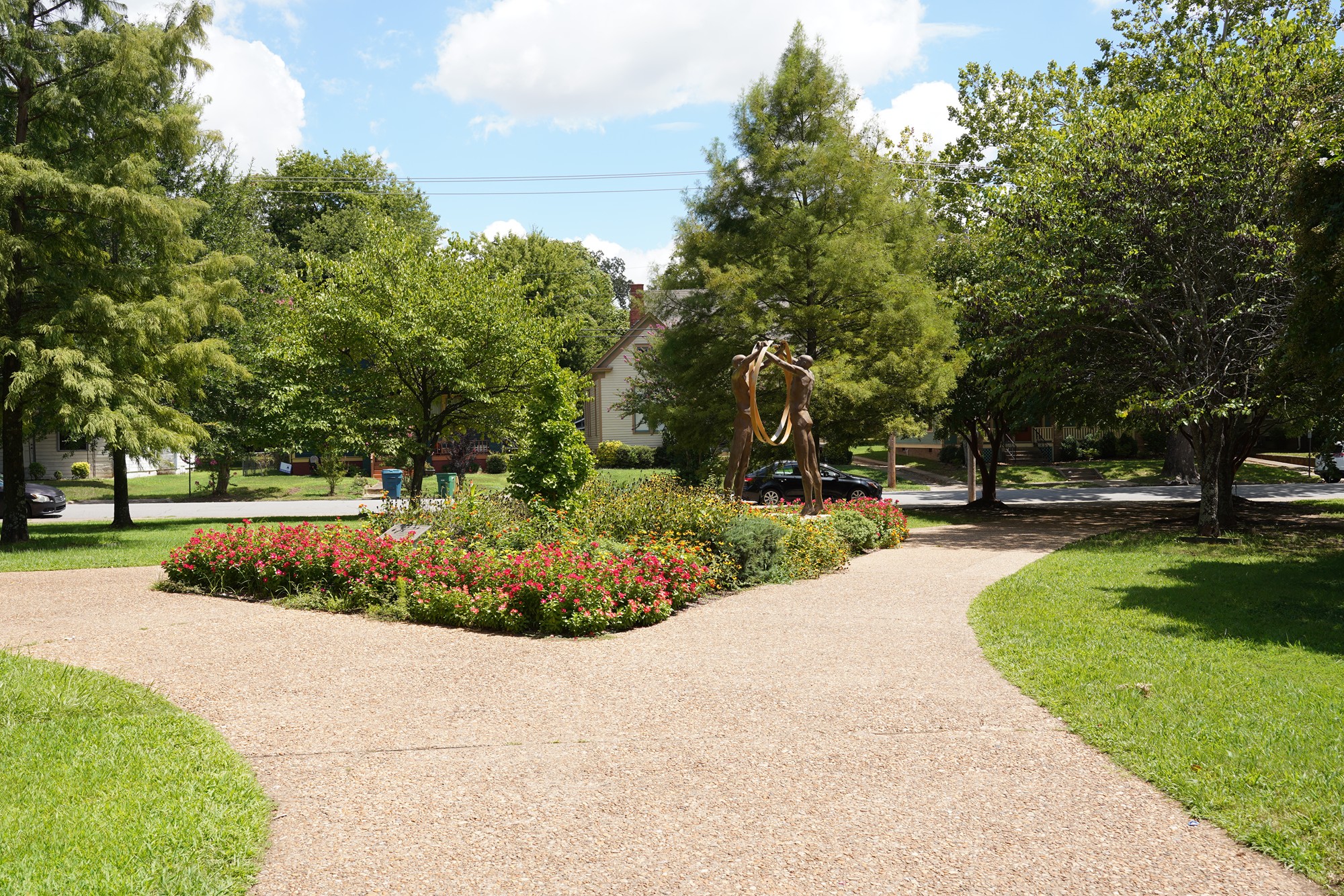Little Rock Central High School, Little Rock, Arkansas, USA
The school was the site of forced desegregation in 1957 after the U.S. Supreme Court ruled that segregation of public schools was unconstitutional three years earlier.
Little Rock Central High School: 1500 S Park St, Little Rock, Arkansas, USA
In 1957, Little Rock Central High School was the epicenter of confrontation and a catalyst for change as the fundamental test for the United States to enforce African American civil rights following Brown v. Board of Education.
The visitor center for school visitors, and it is also a museum.
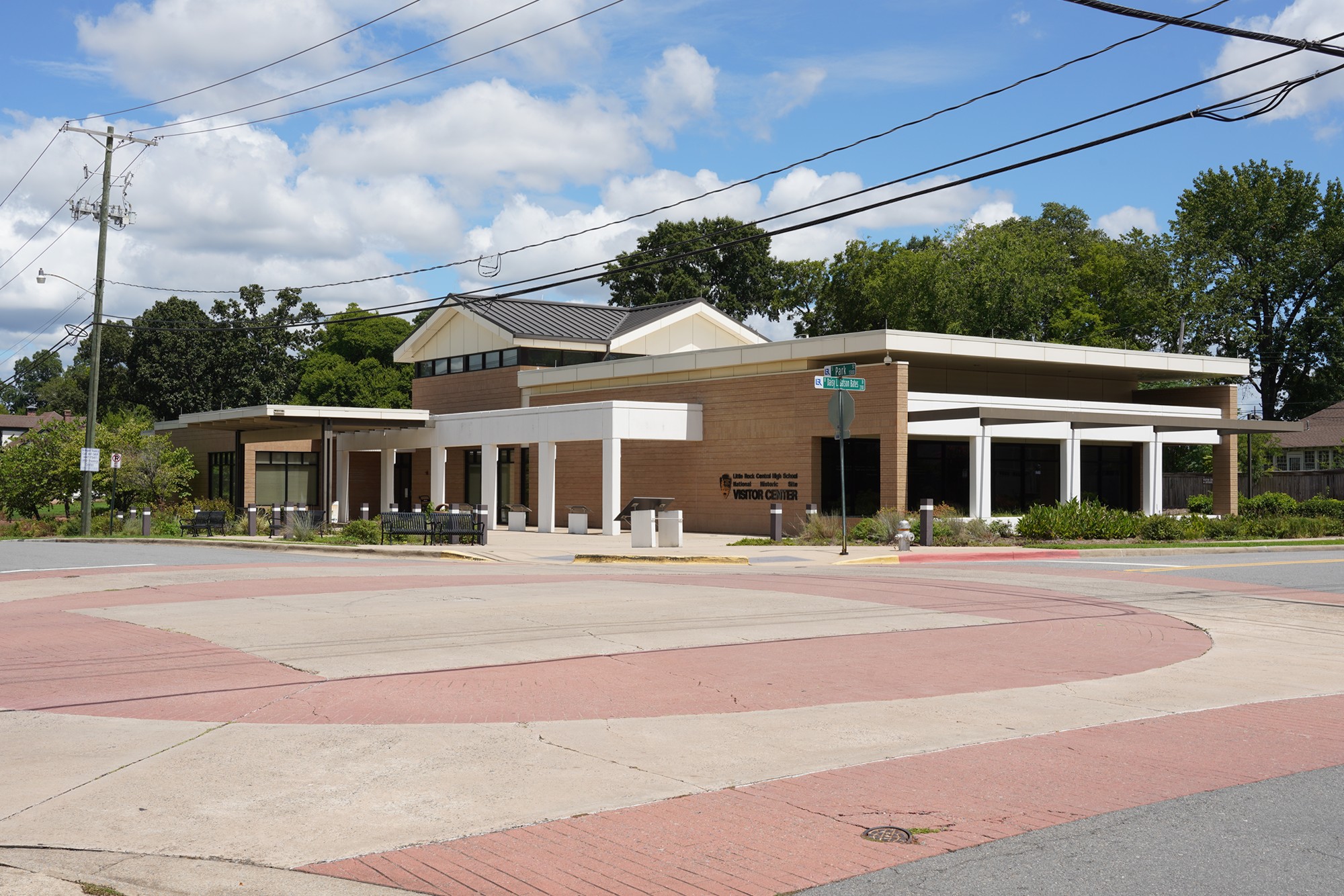
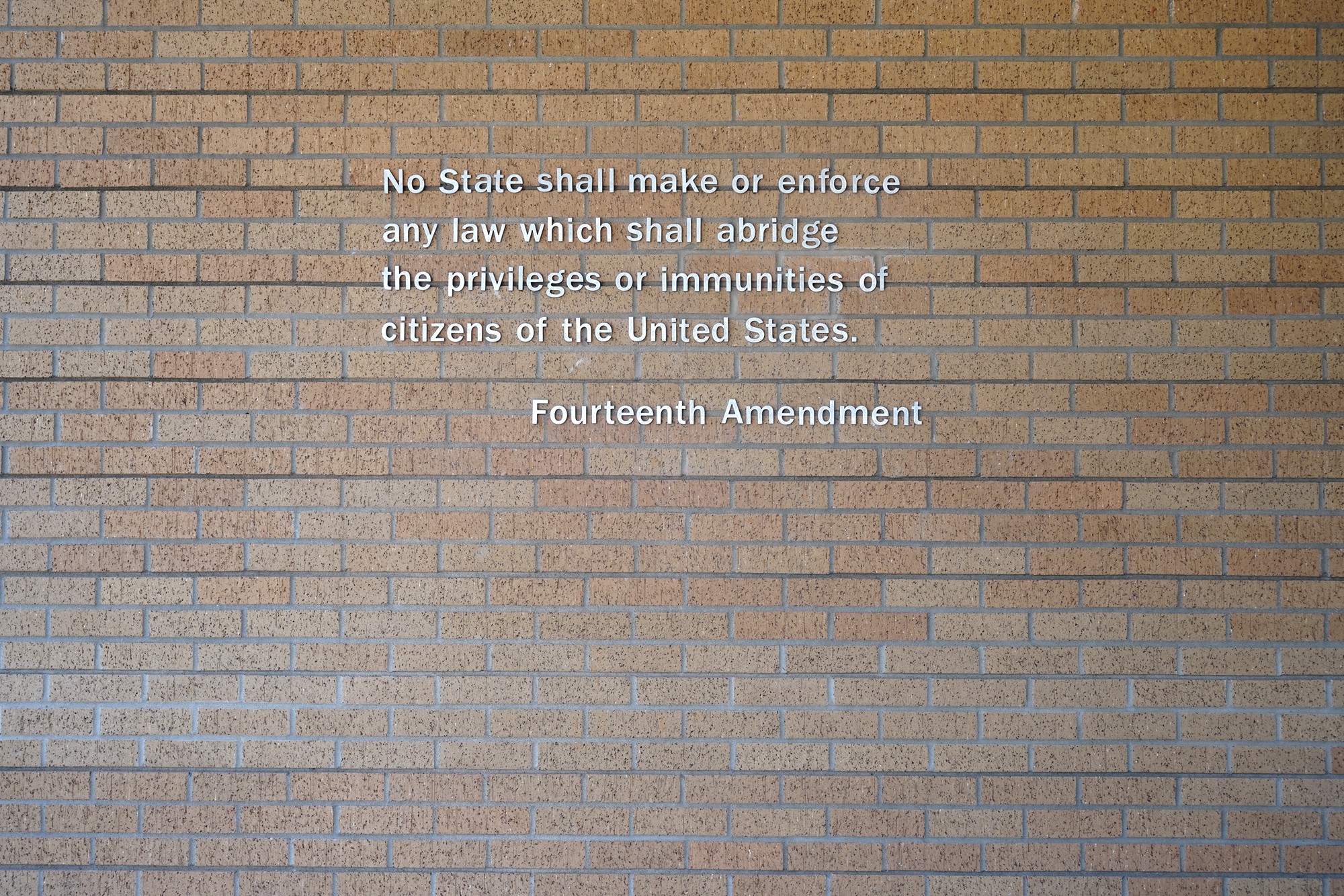
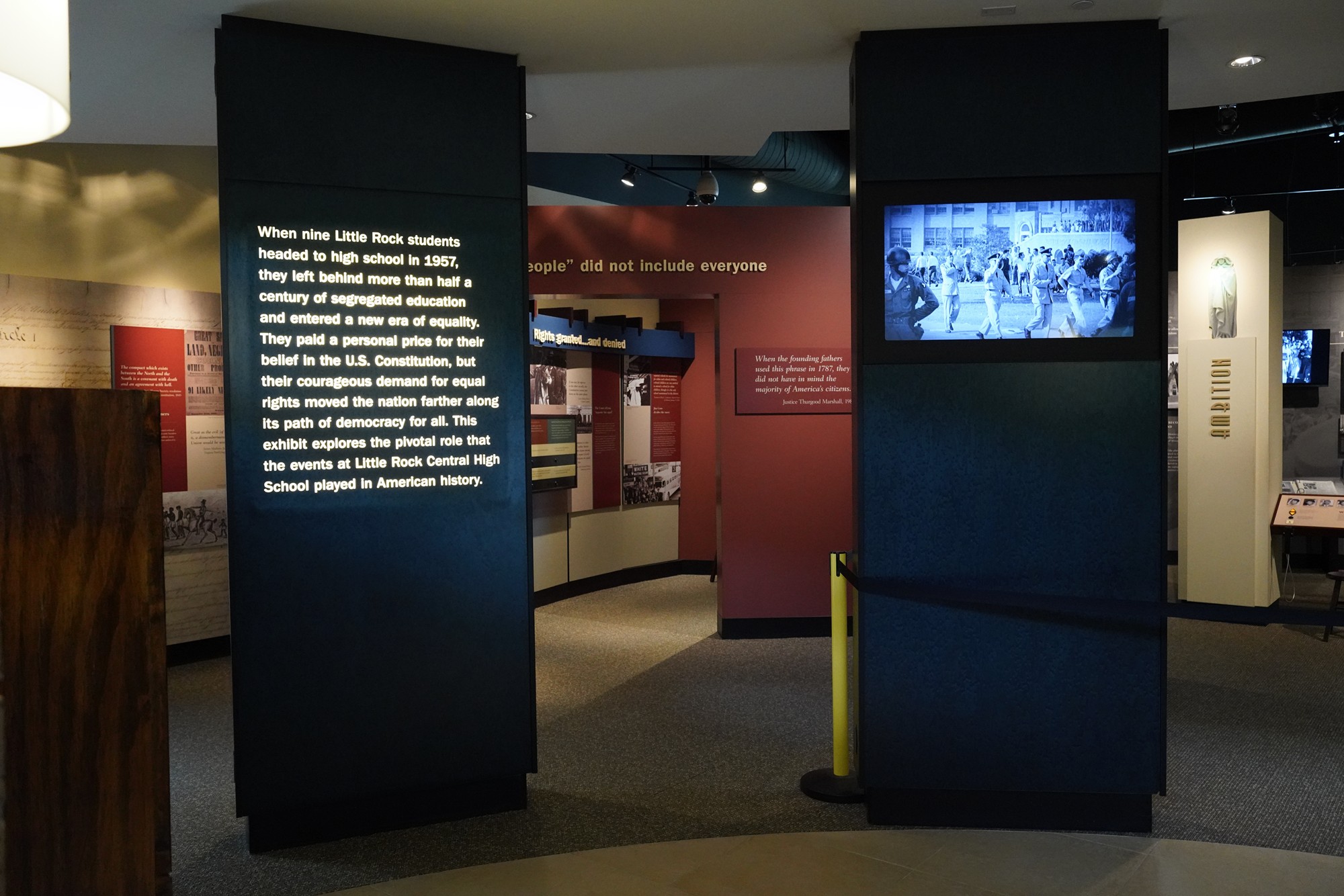
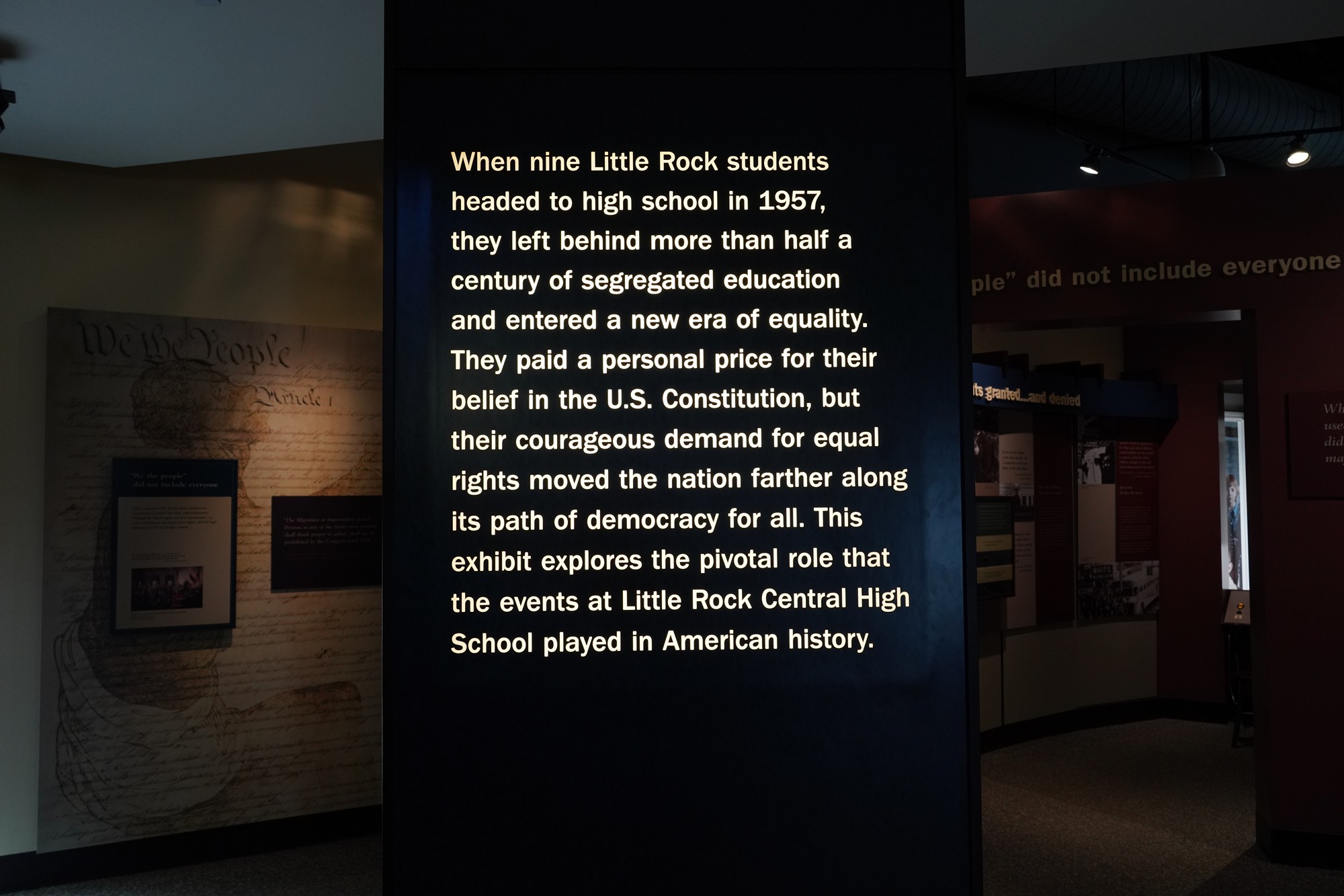
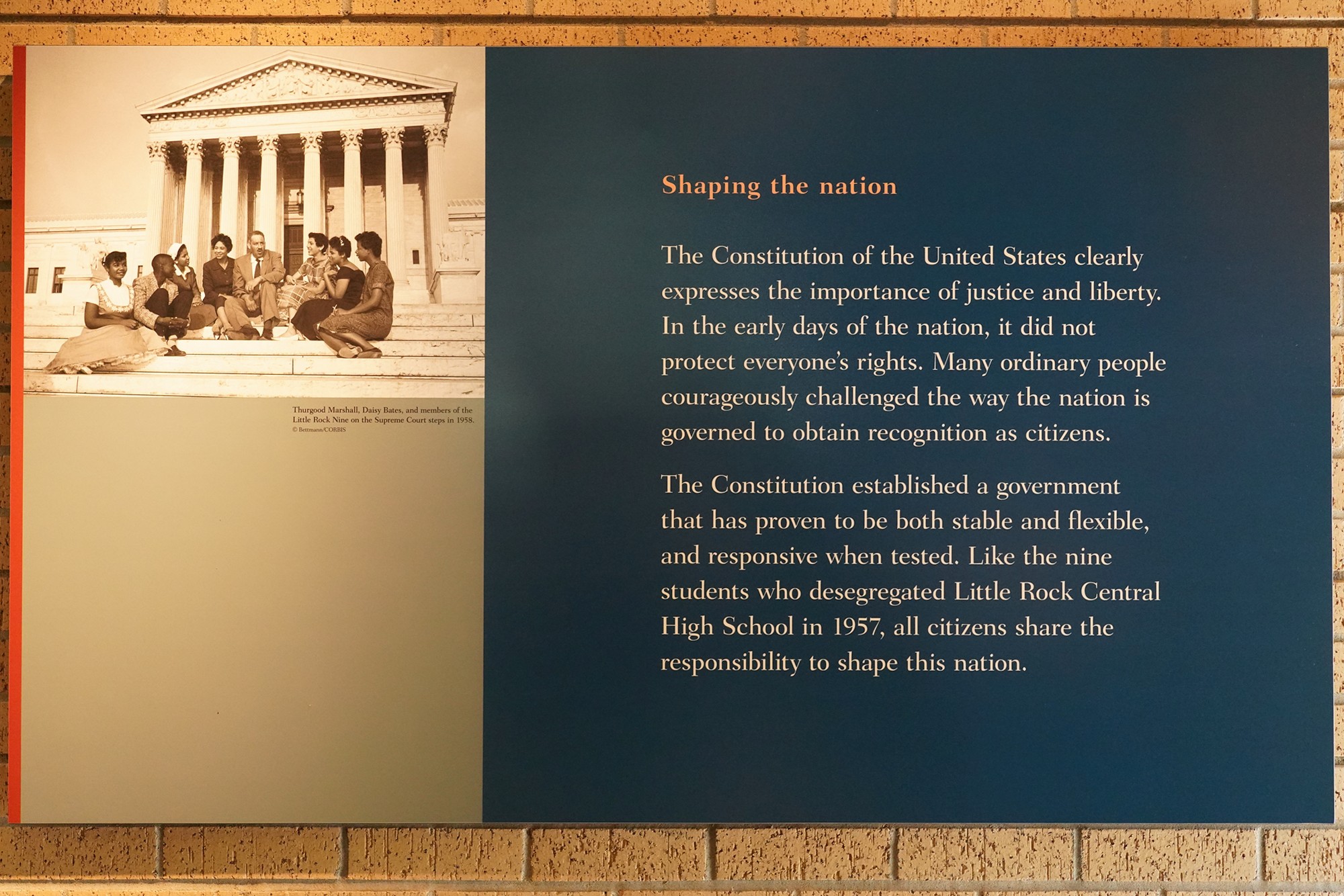
“We the people” was interpreted as white male landowners.
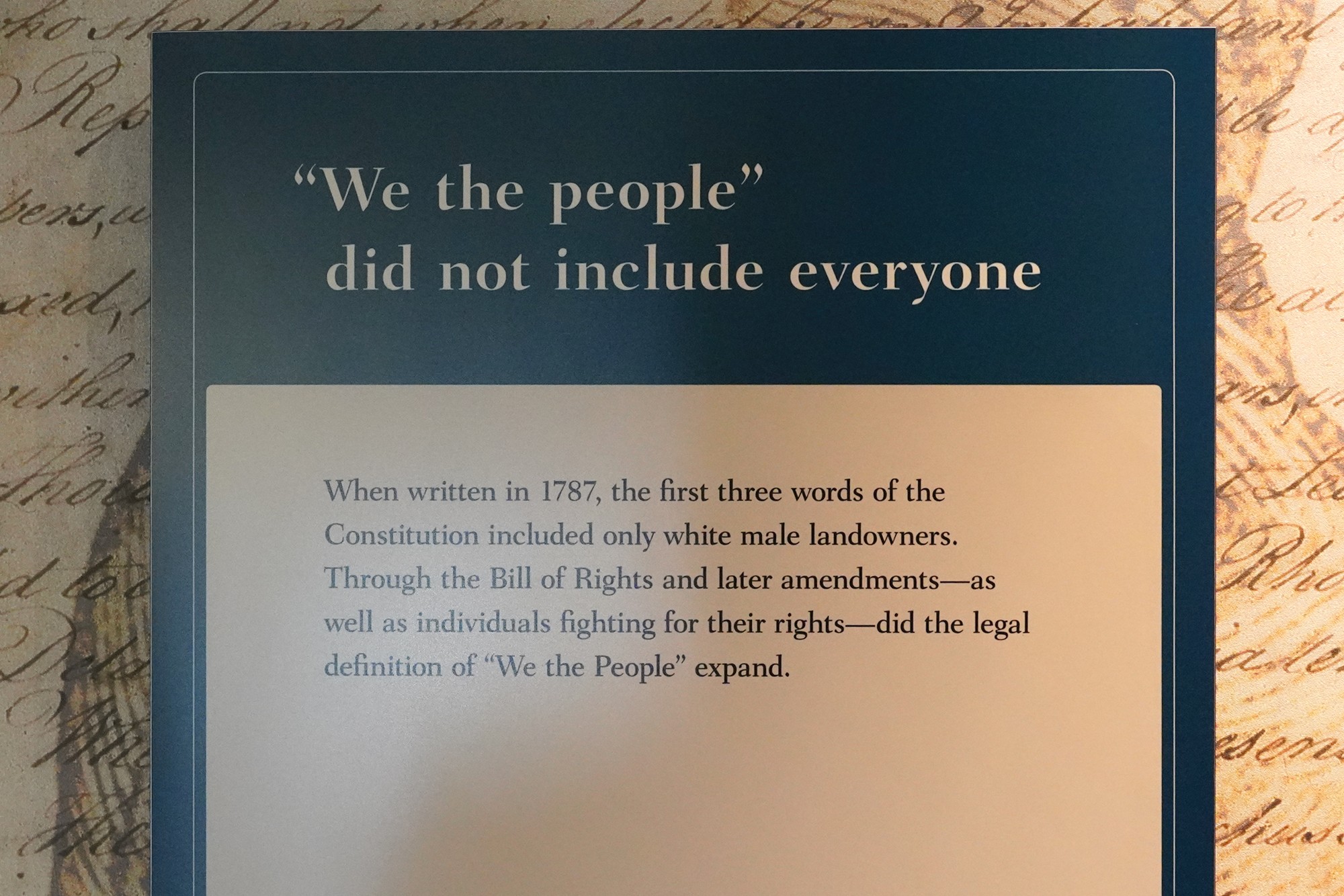
The slavery was legal
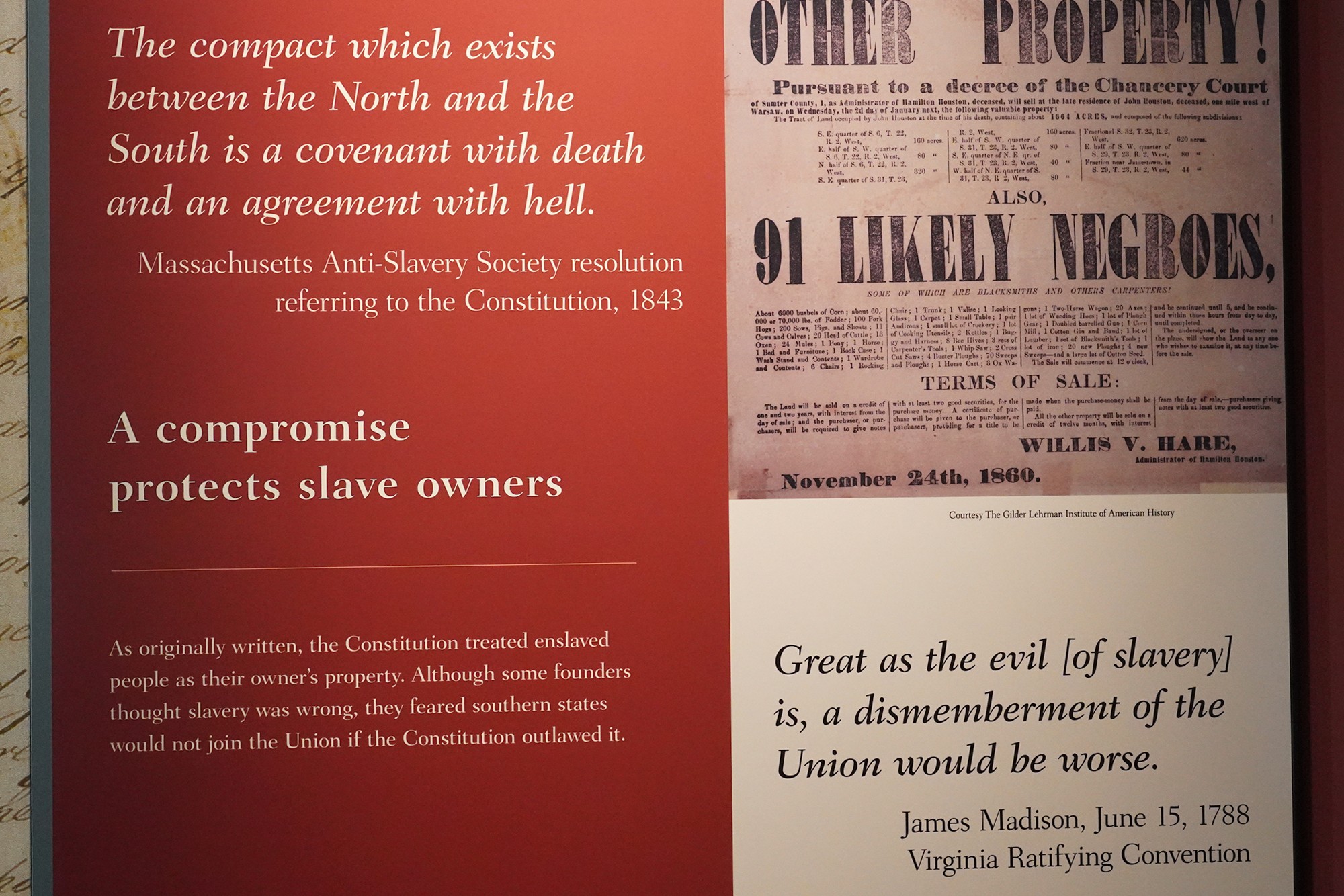
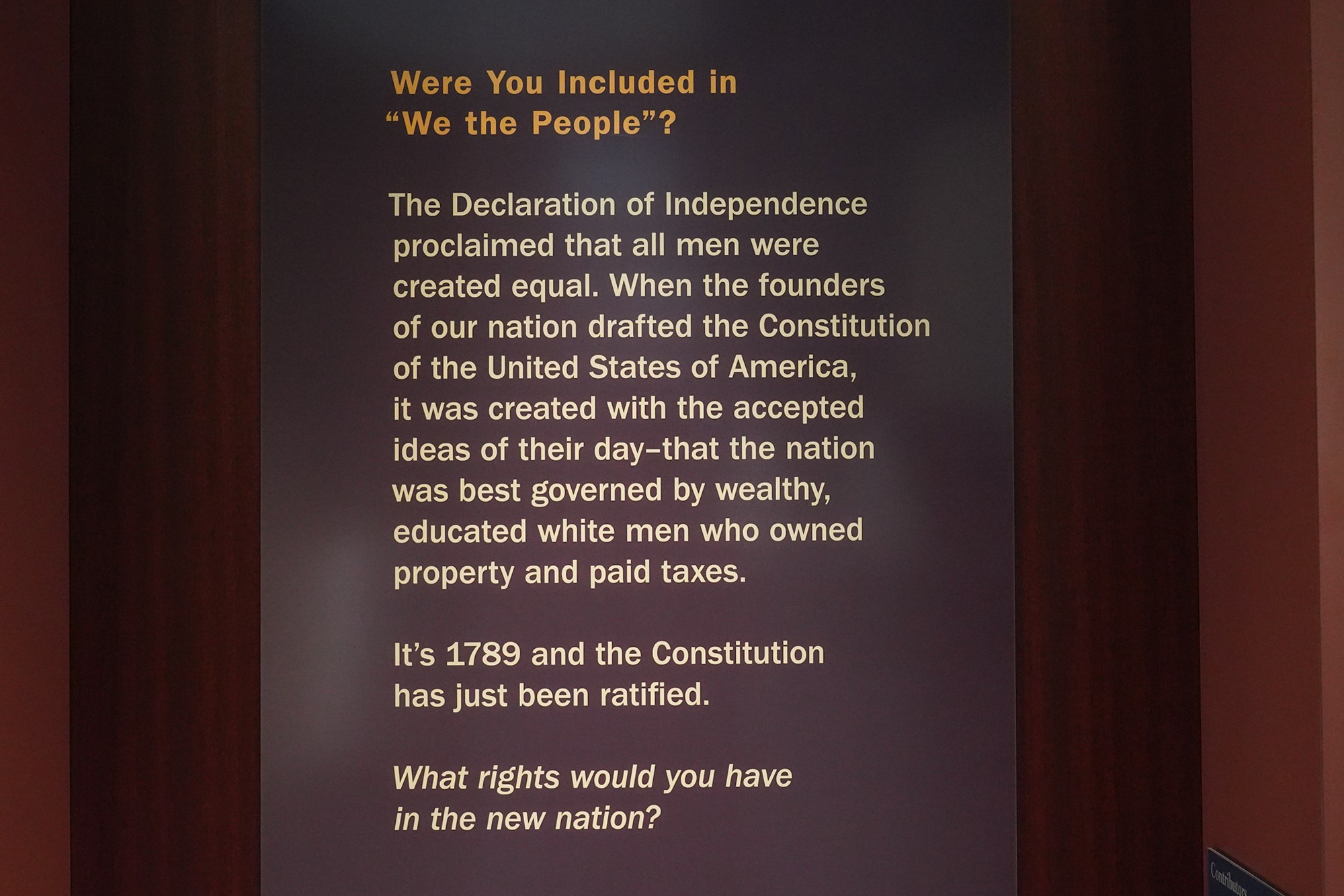
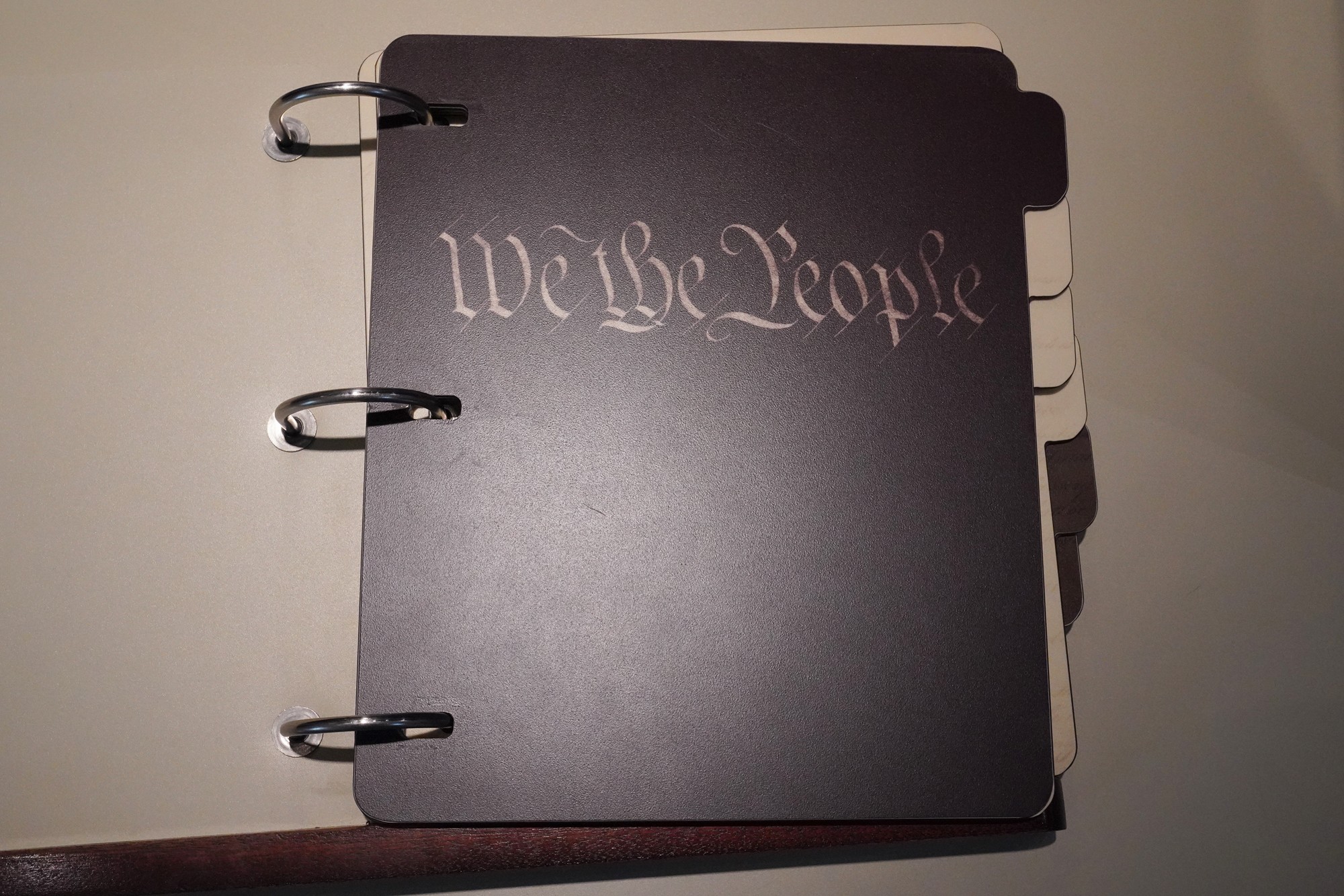
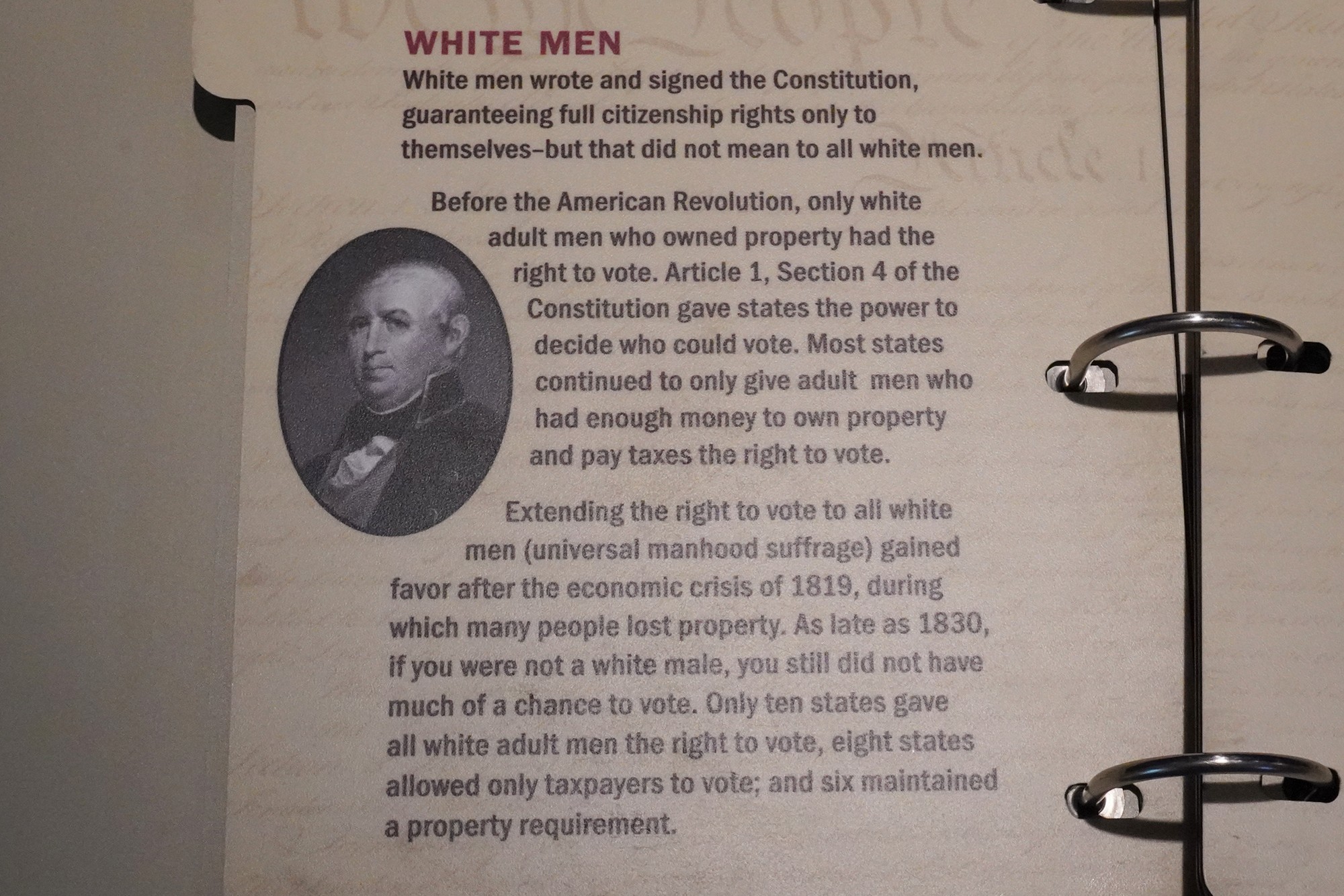

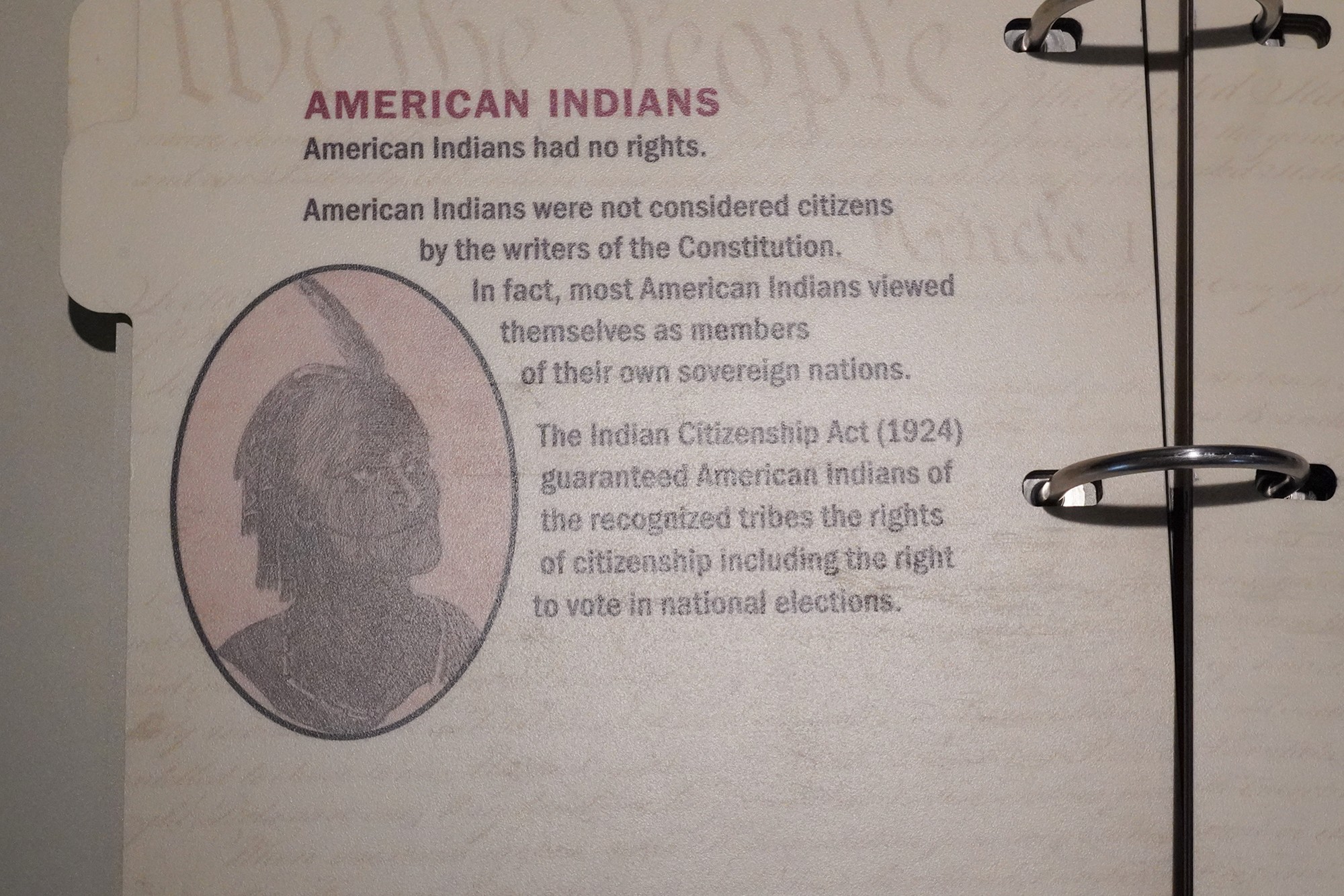
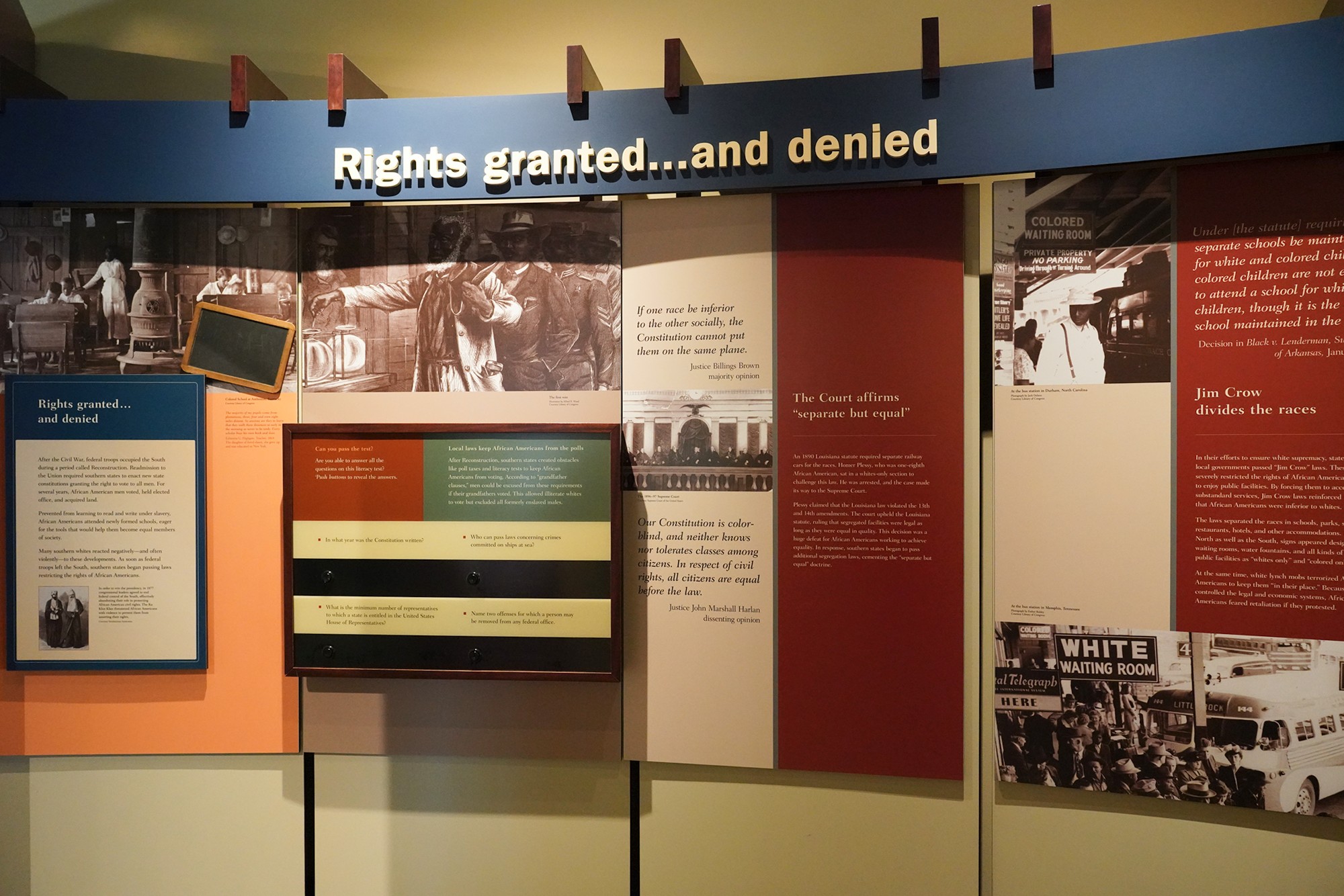
After the Civil War, the Southern states followed the rules and upheld the blacks’ rights until the troops left.
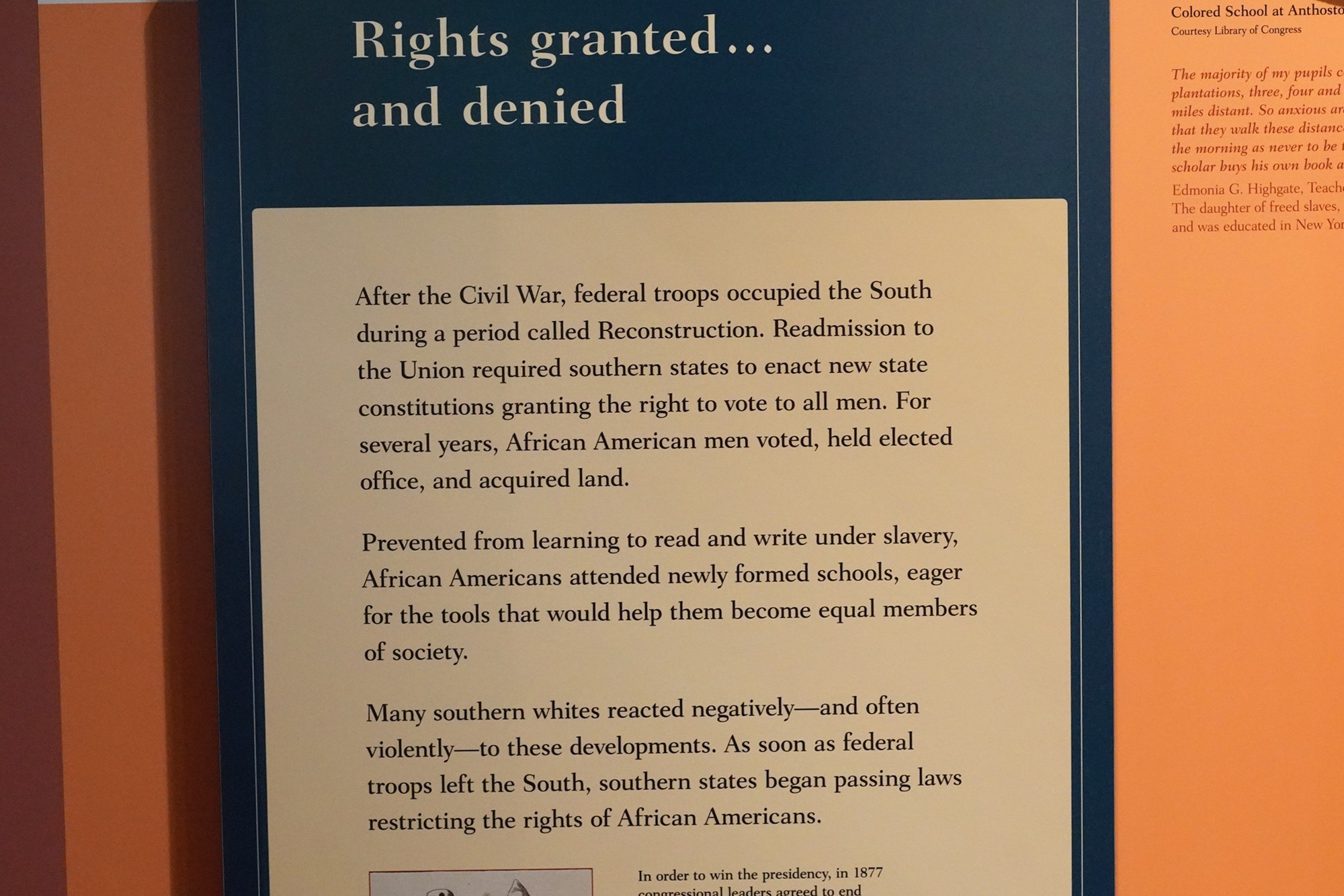
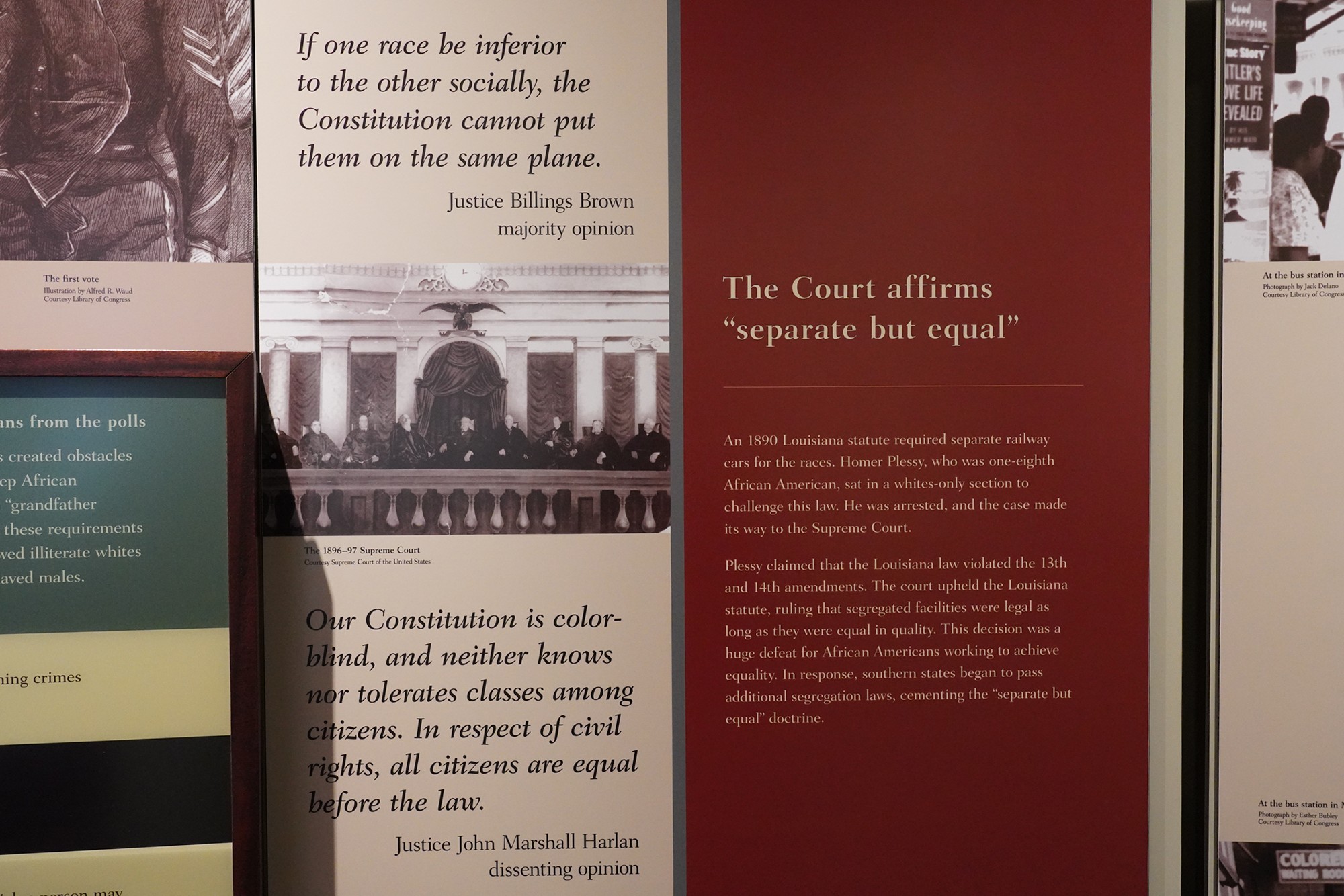
The Southern state made the “separate but equal” rule legal.
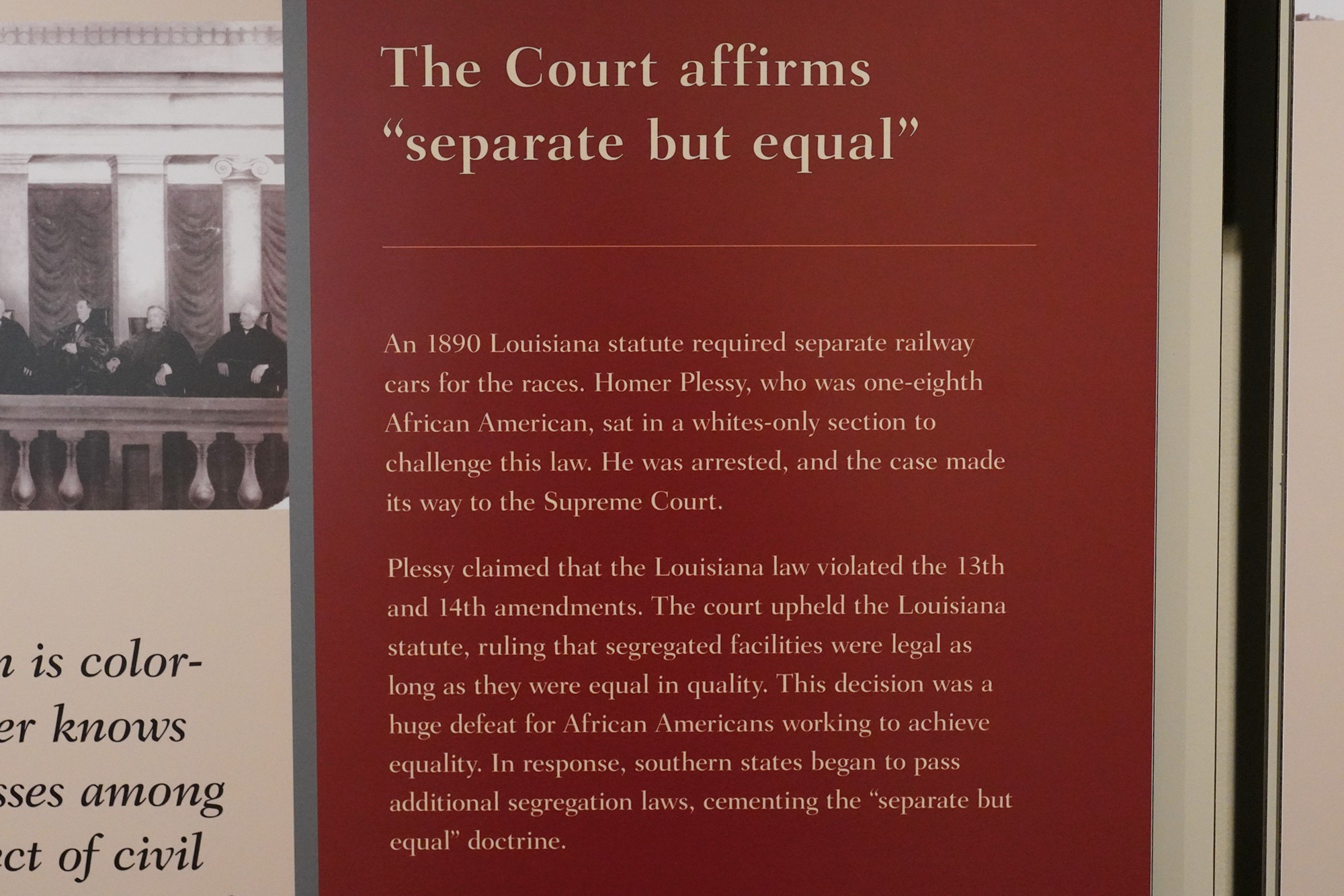
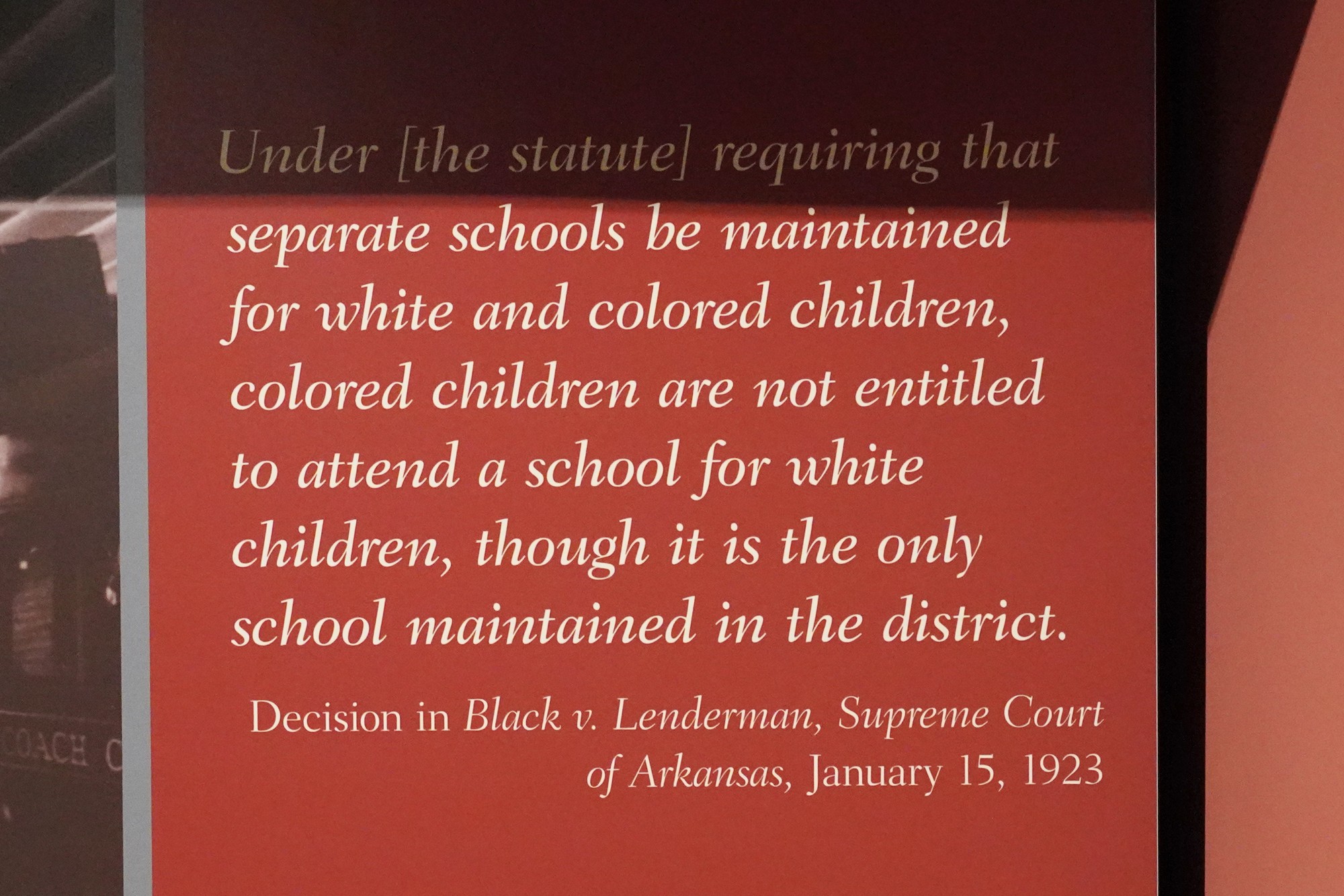
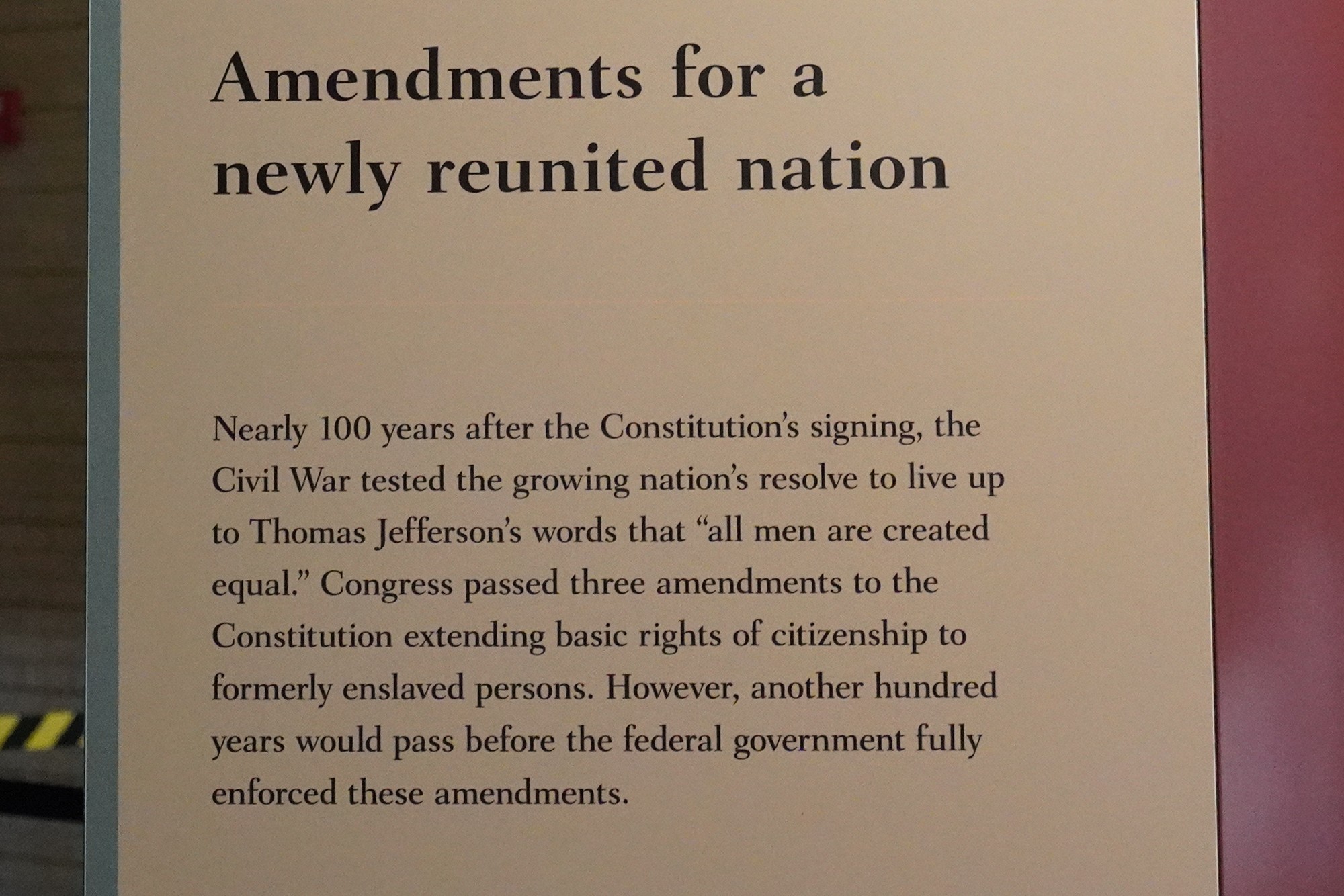
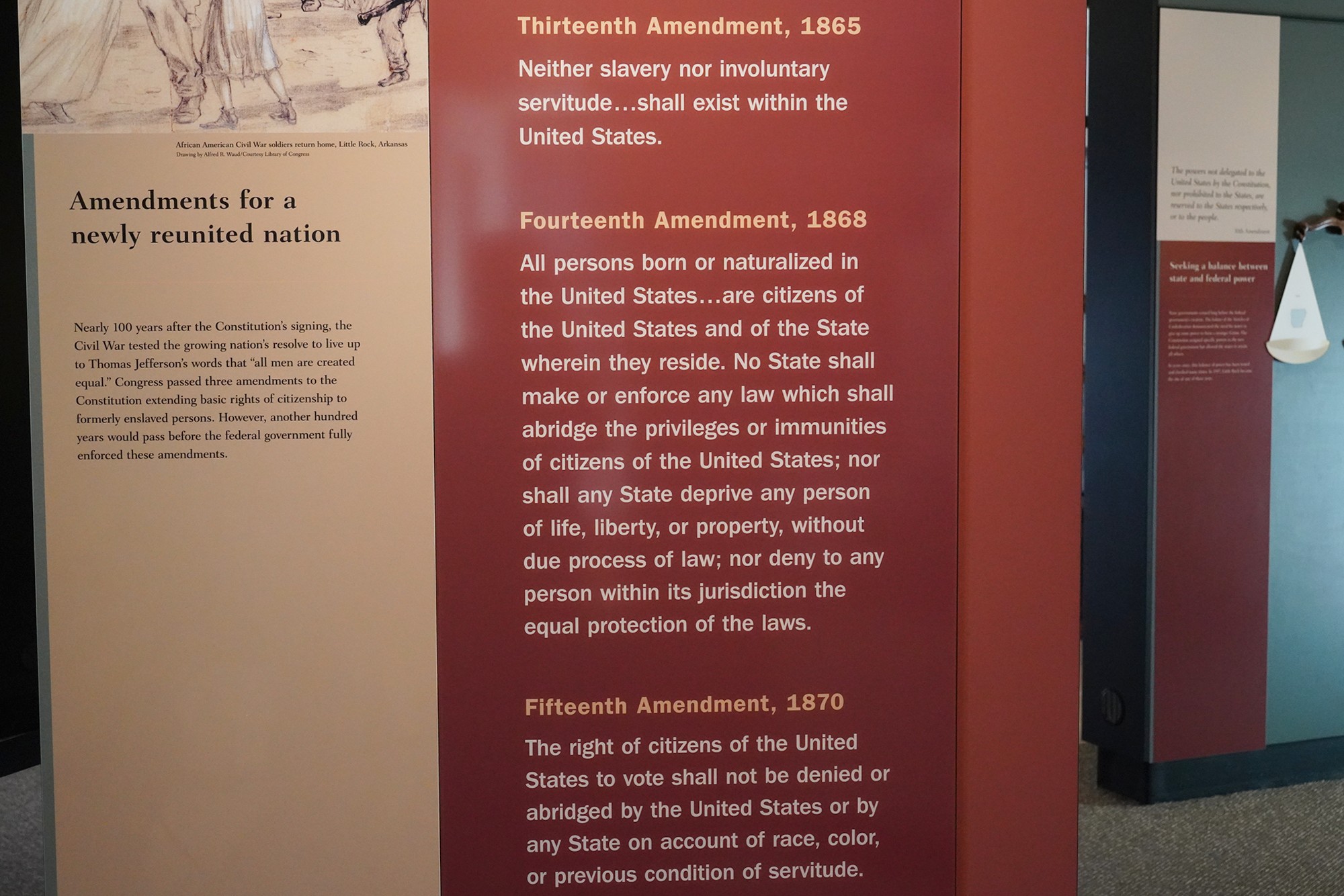
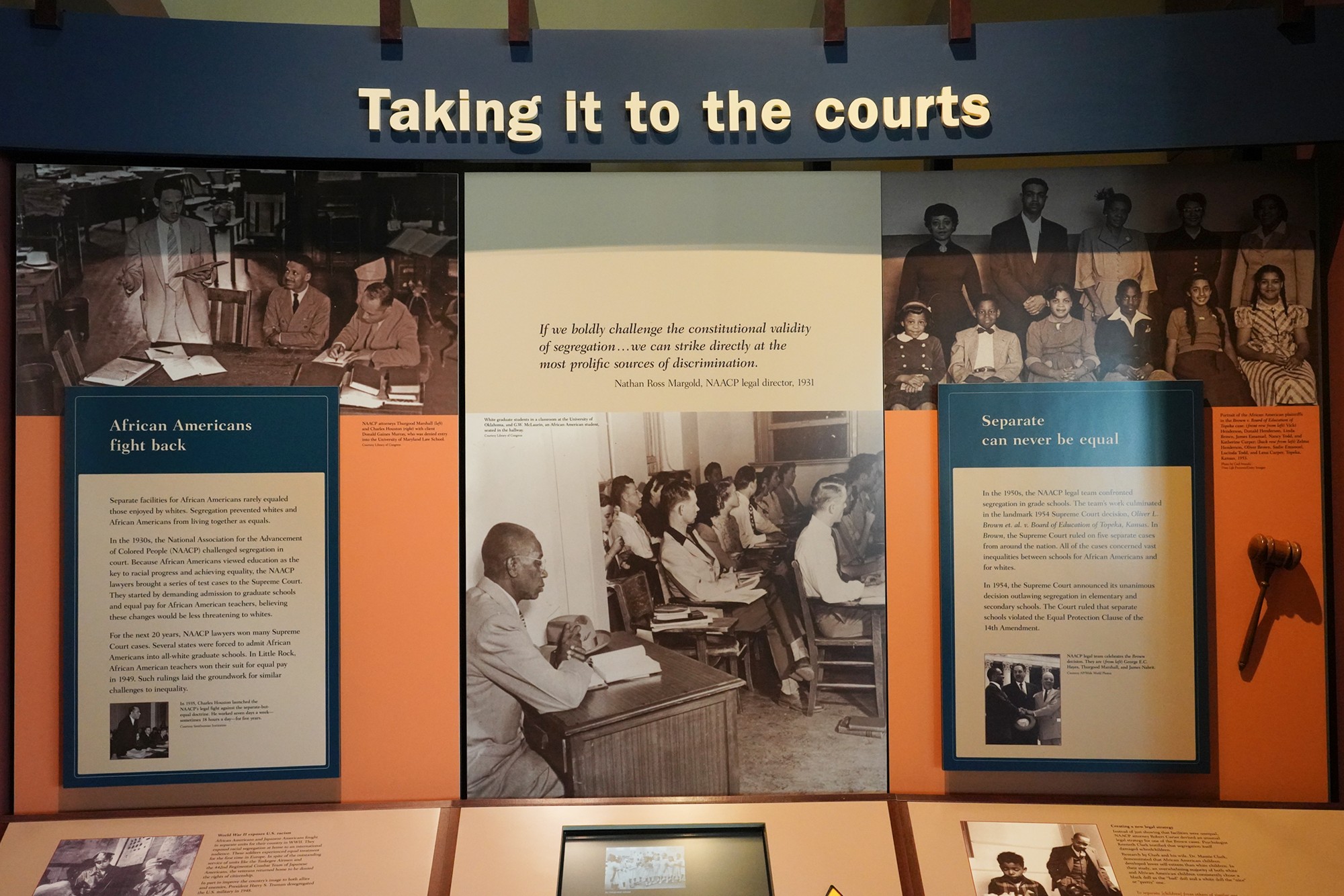
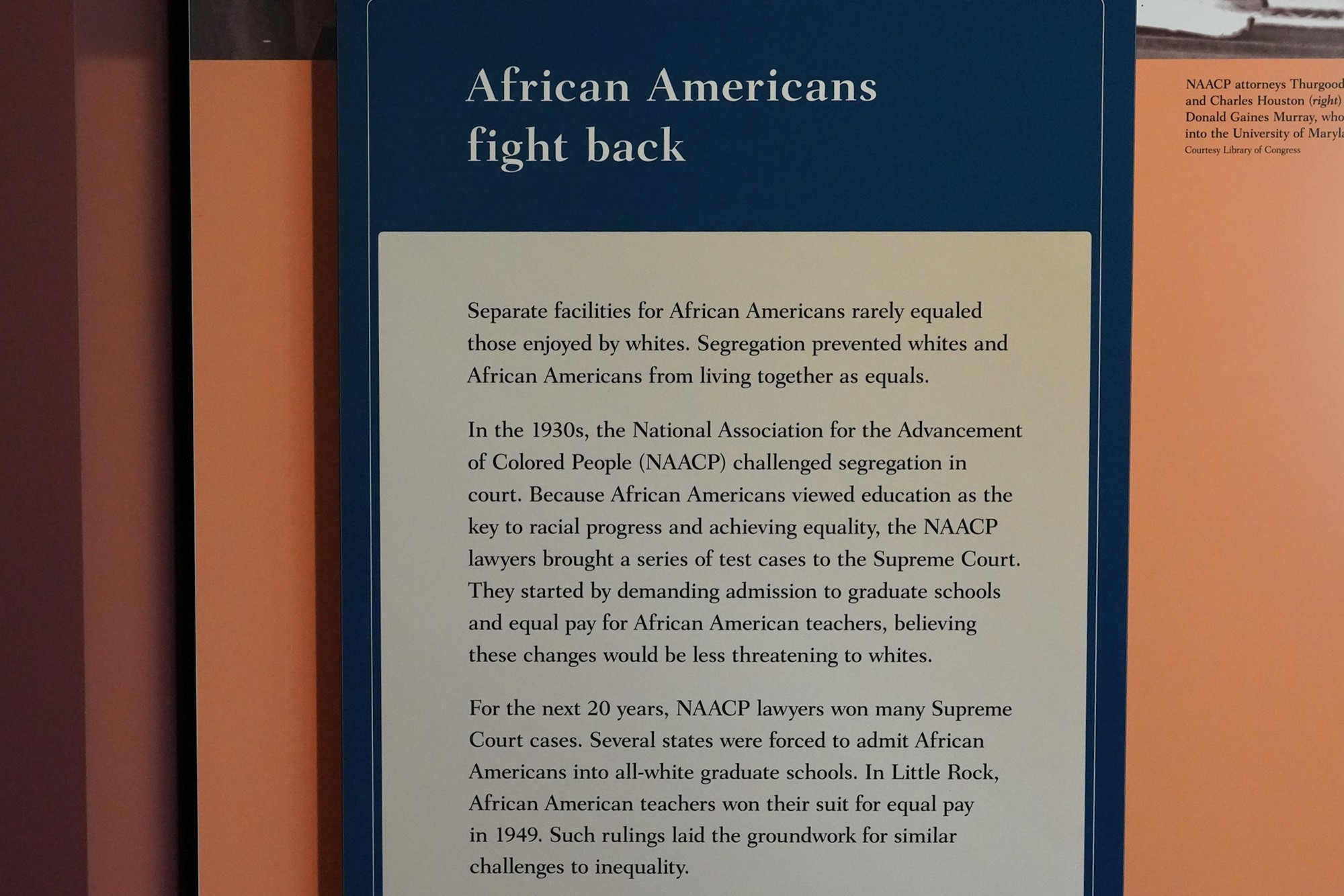
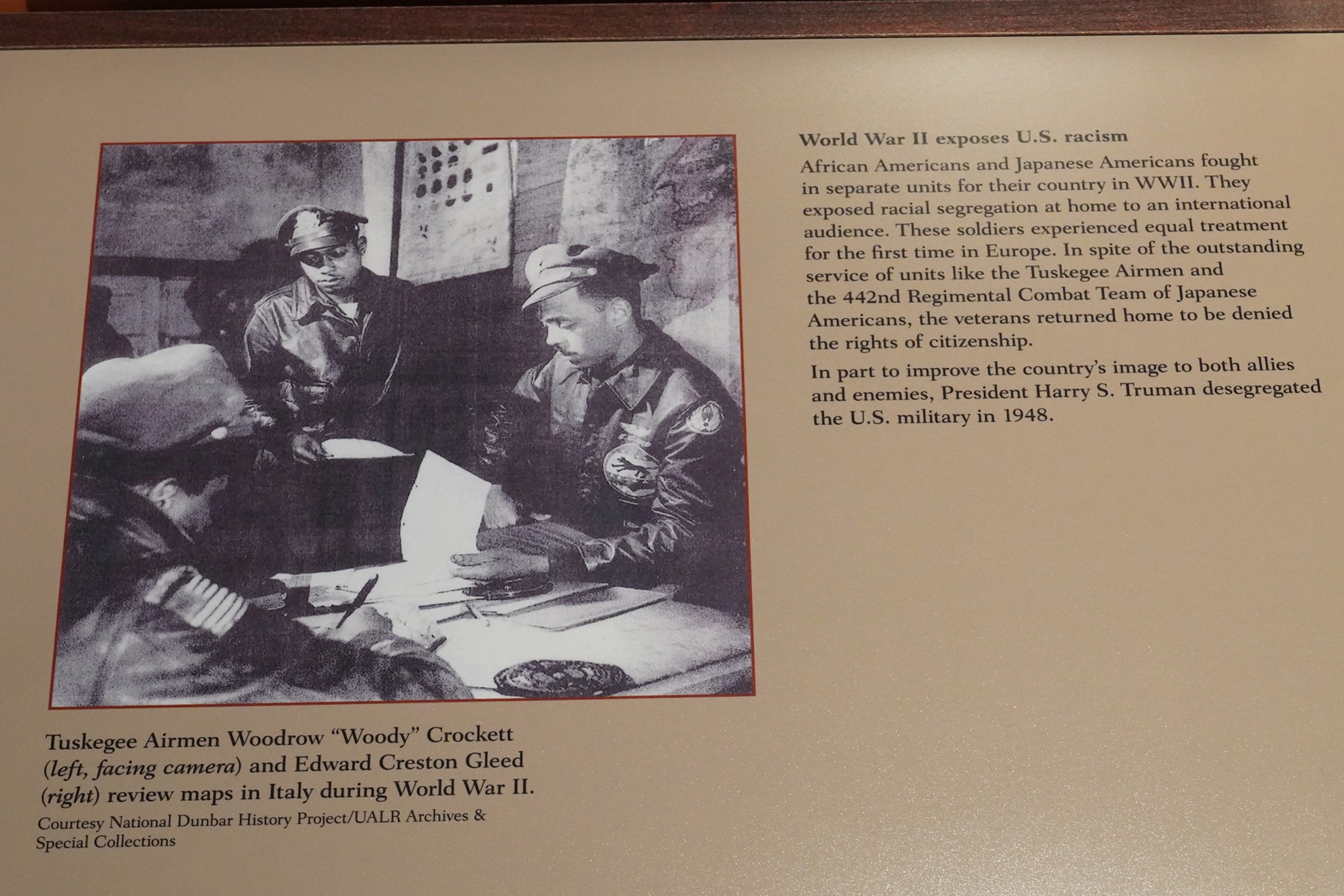
The “separate but equal” is made illegal.
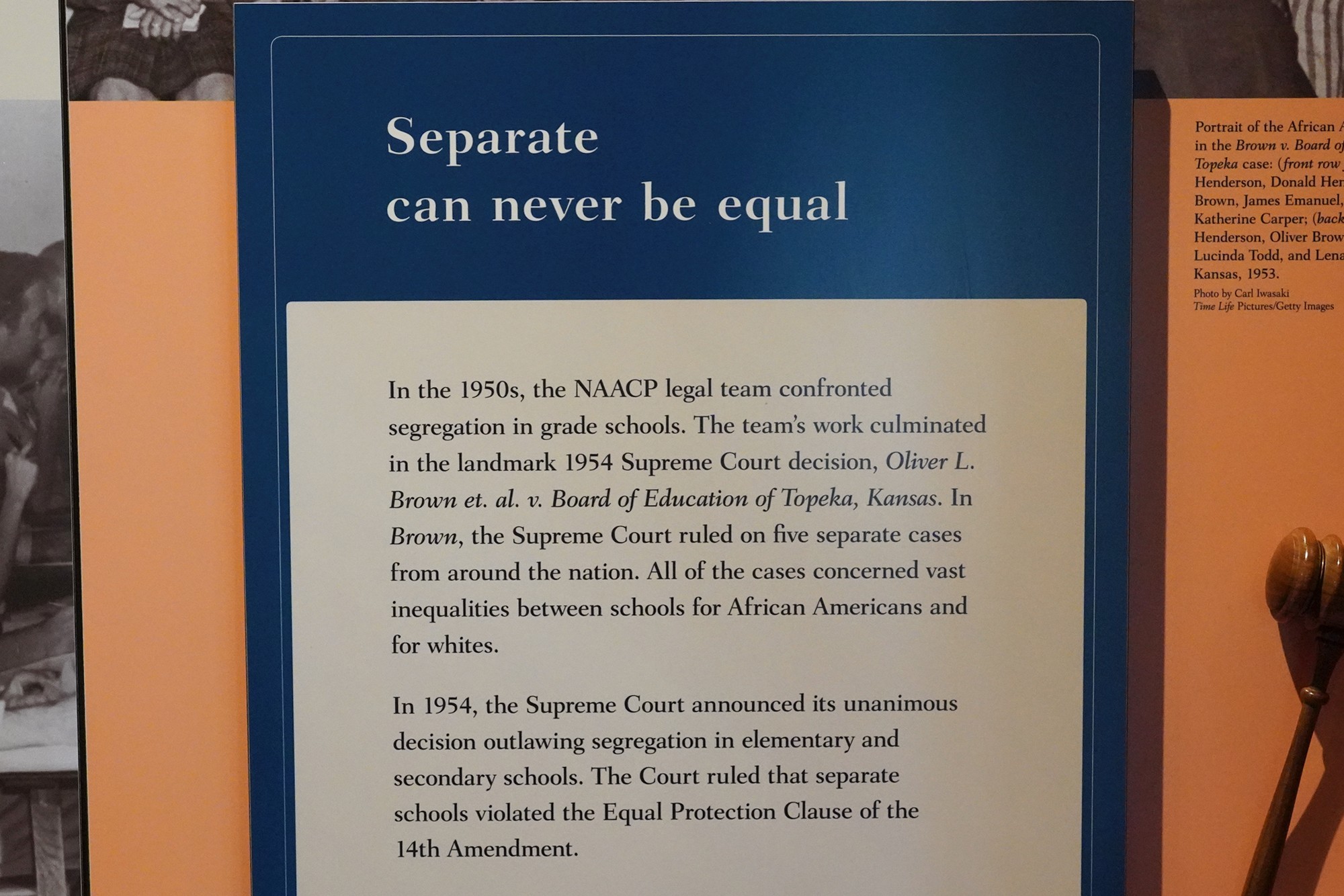

School desegregation was very slow in Southern states because the law did not specify when it should be done.
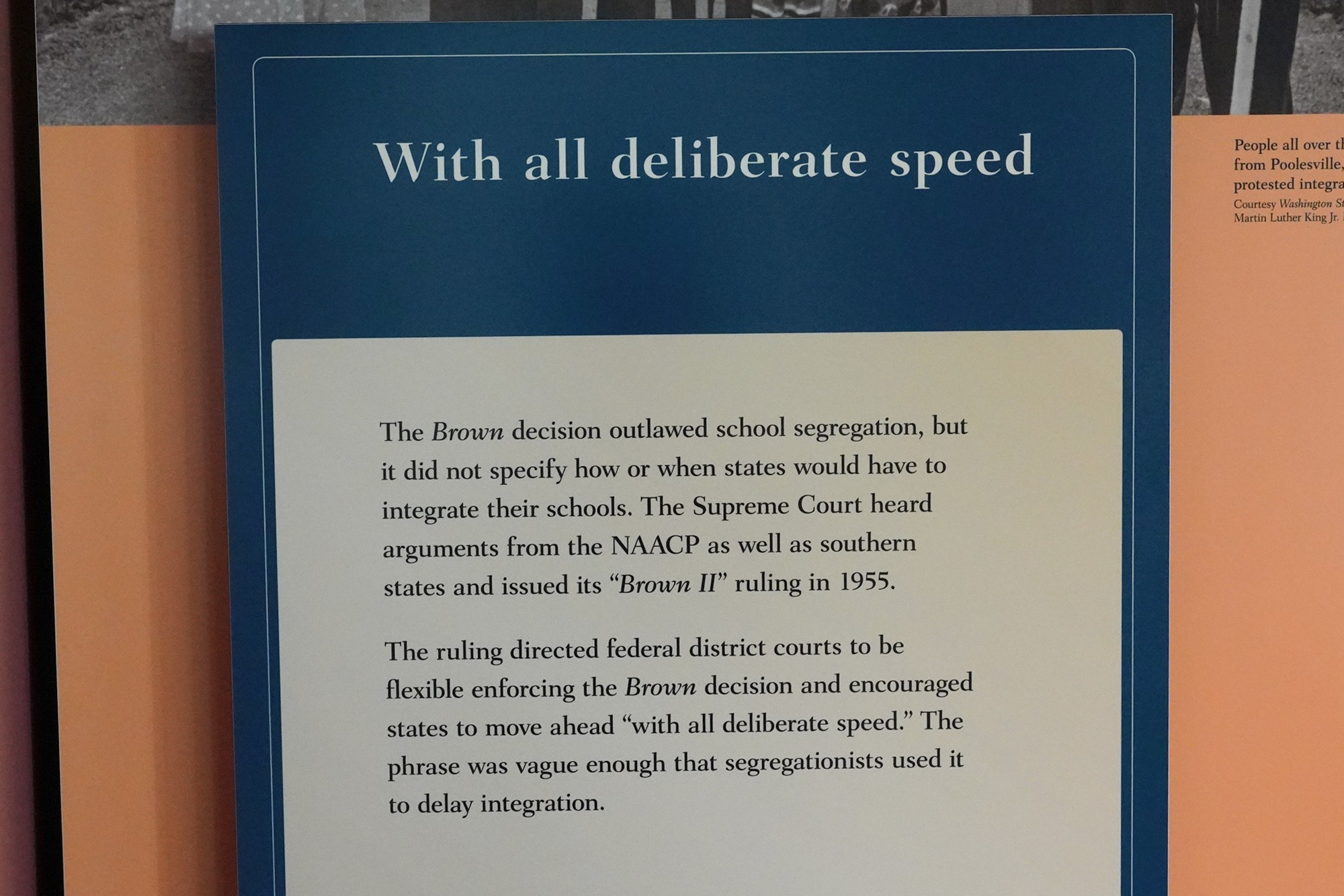
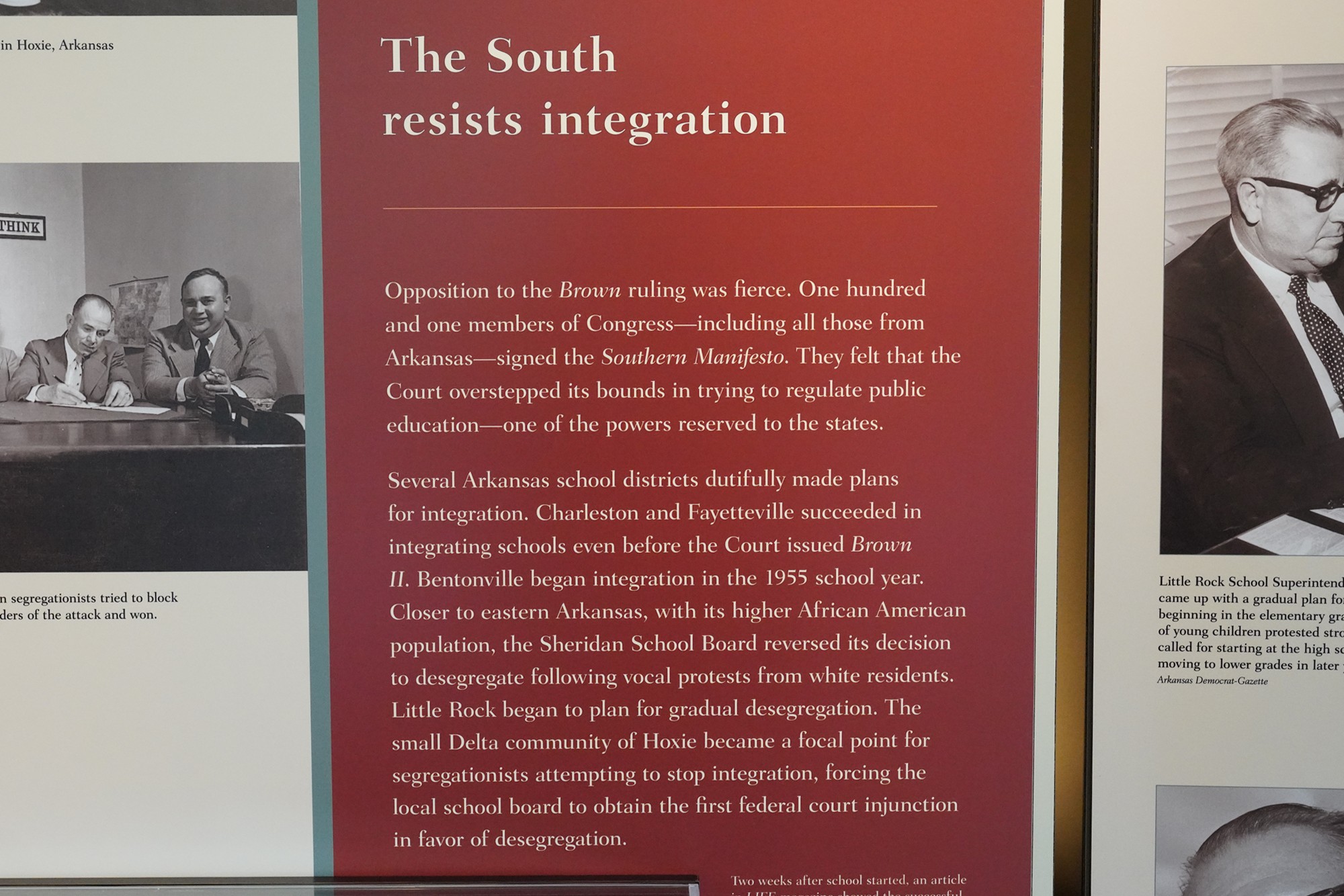
In 1957 Arkansas governor Orval Faubus defied a federal court order that called for the end of racial segregation in schools and ordered the Arkansas National Guard to “prevent violence” by blocking the access of nine black students to Little Rock Central High School.
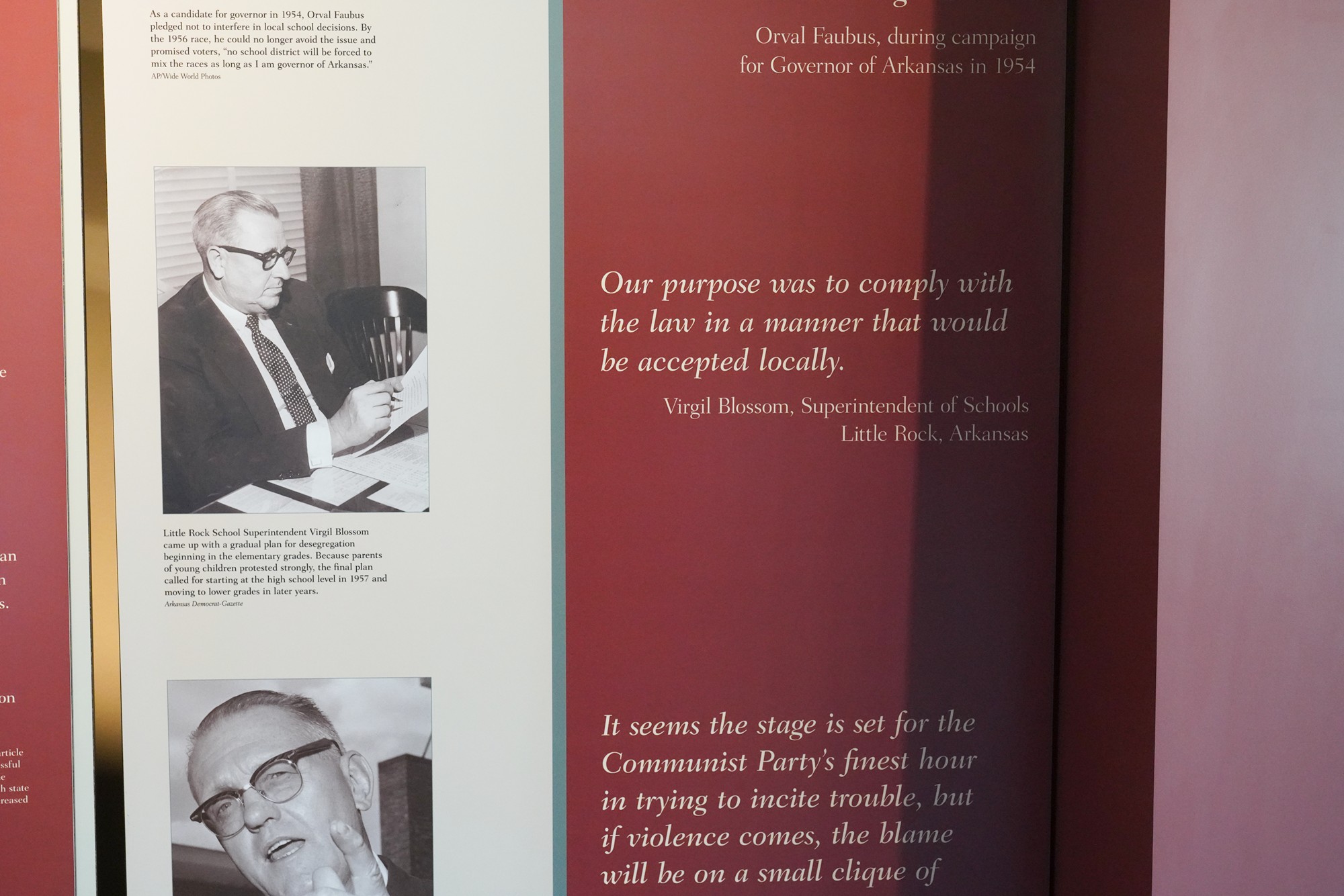
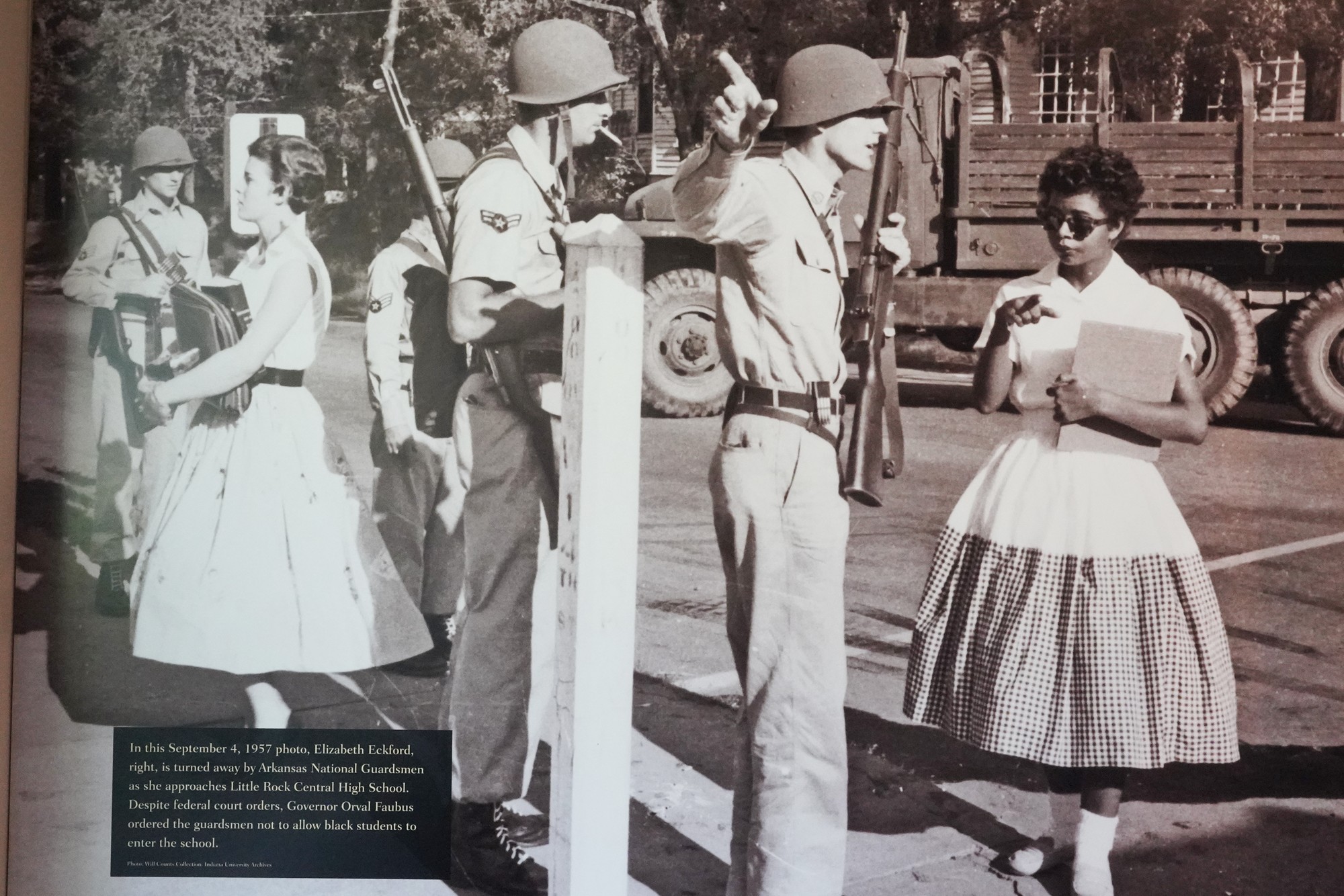
On the morning of September 23, 1957, the nine Black high school students faced an angry mob of over 1,000 Whites in front of Central High School who were protesting the integration project. As the students were escorted inside by the Little Rock police, violence escalated, and they were removed from the school. The next day, Eisenhower ordered the 1,200-man 327th Airborne Battle Group of the U.S. Army’s 101st Airborne Division from Fort Campbell, Kentucky, to escort the nine students into the school. By the same order, he federalized the entire 10,000-man Arkansas National Guard, in order to remove them from the control of Governor Faubus.
The crisis at Little Rock’s Central High School was the first fundamental test of the national resolve to enforce black civil rights in the face of massive resistance during the years following the Brown decision.
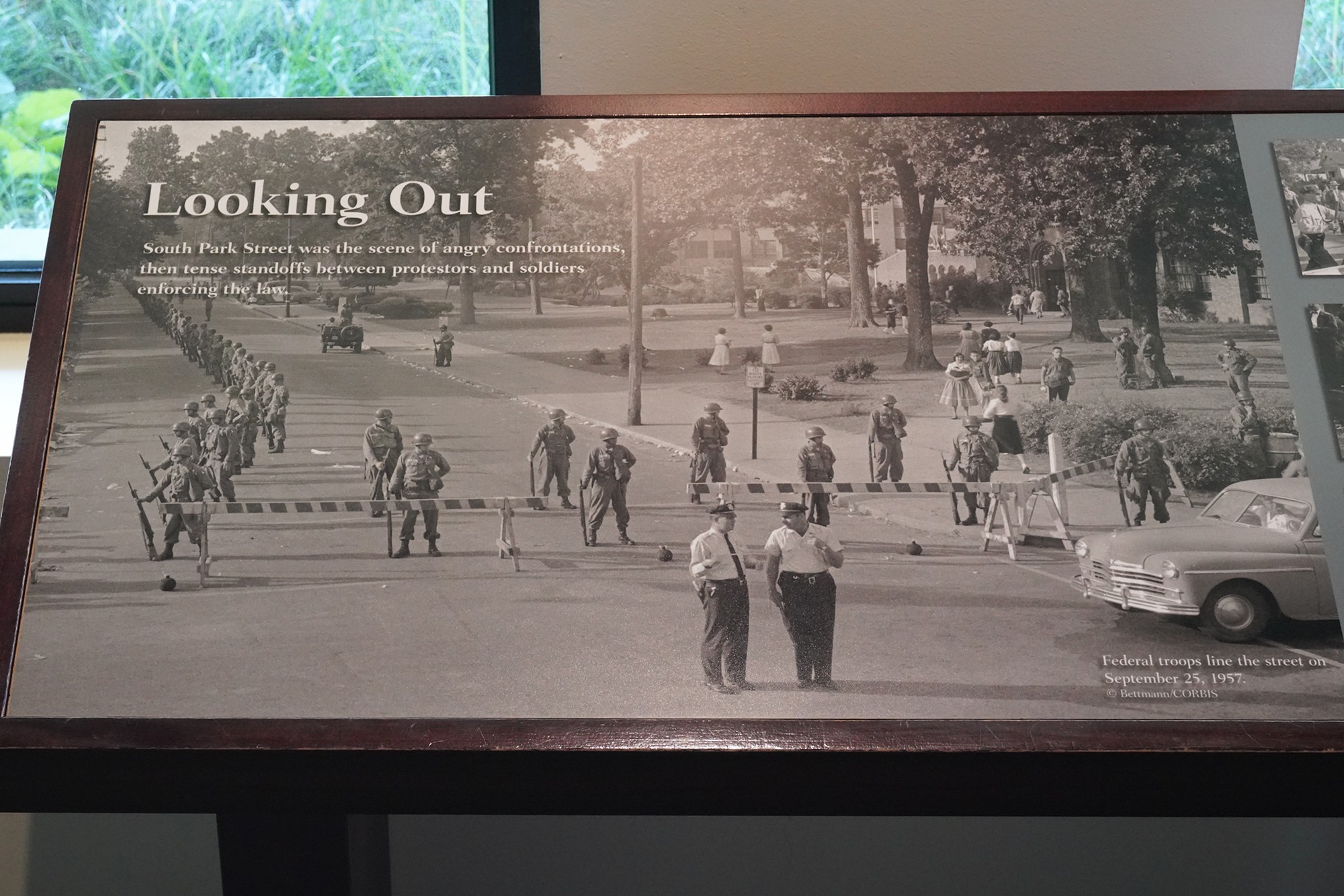
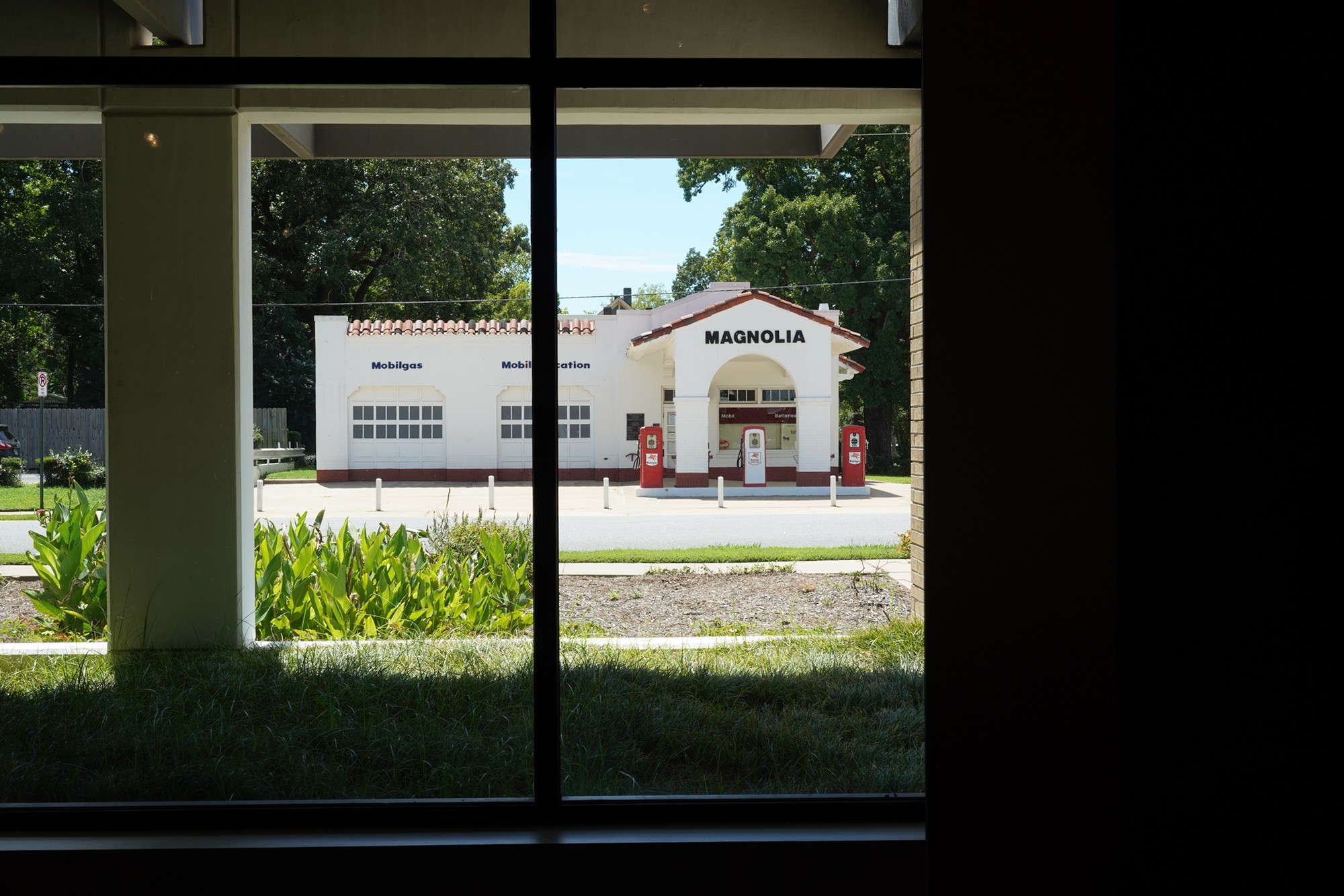
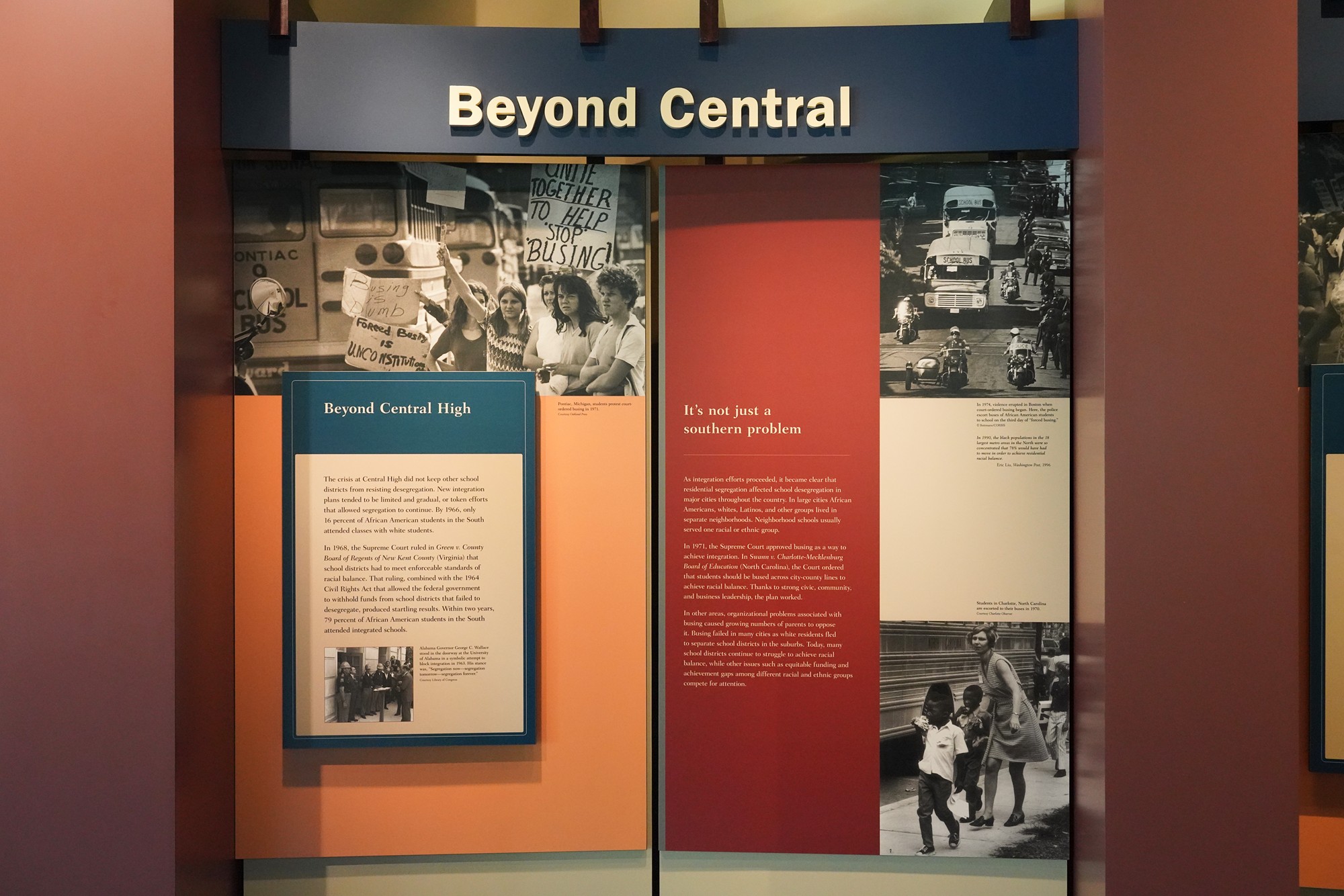
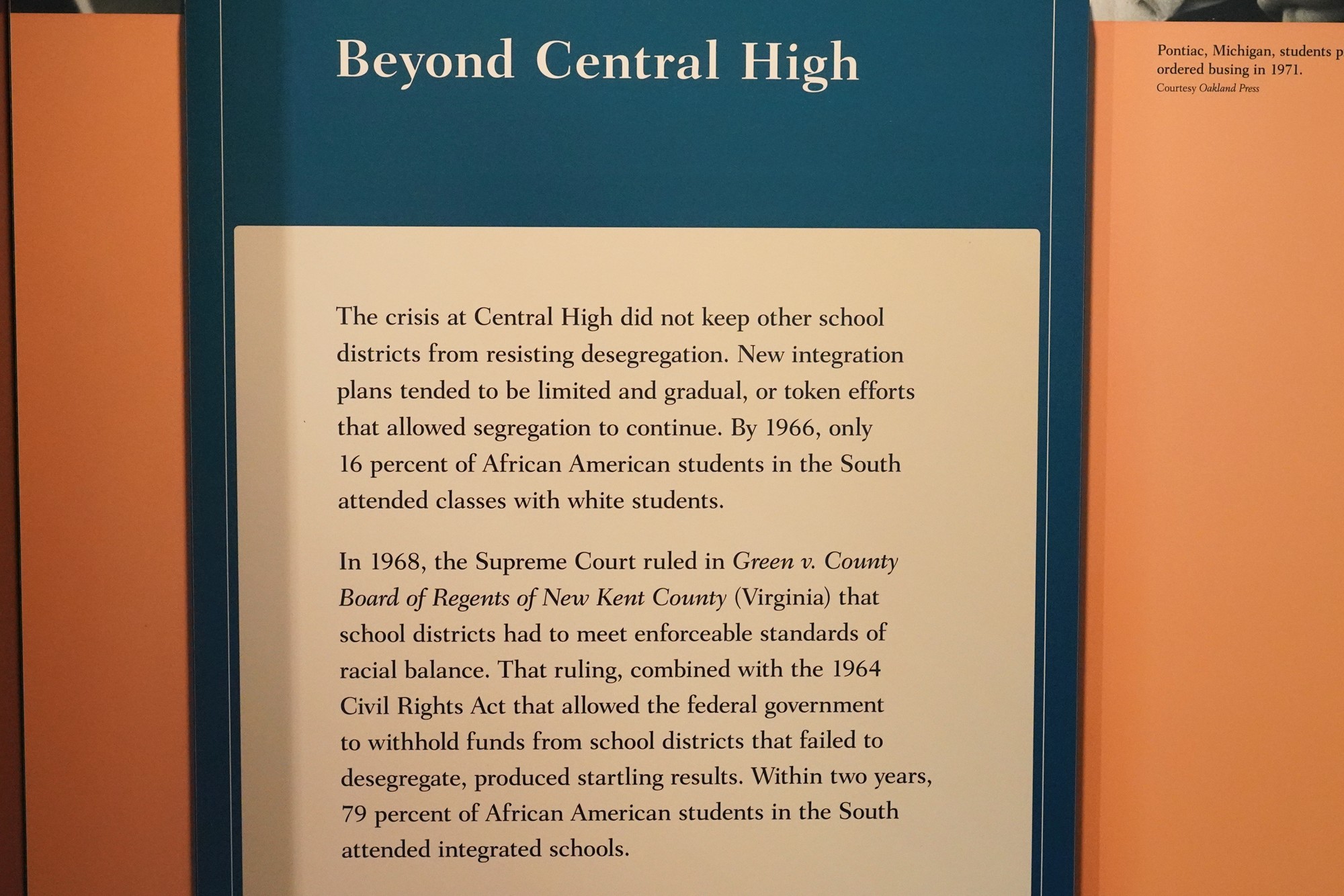
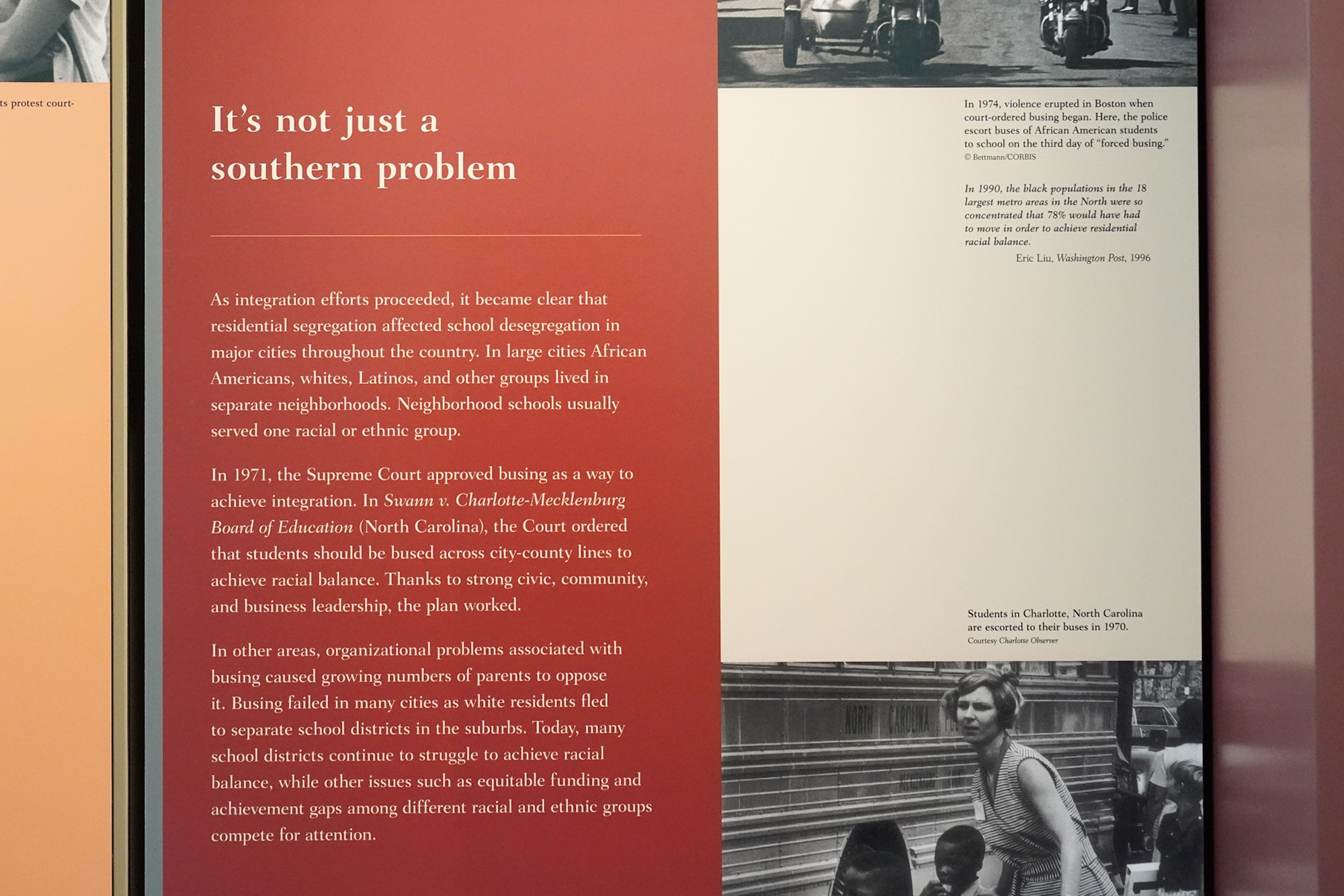
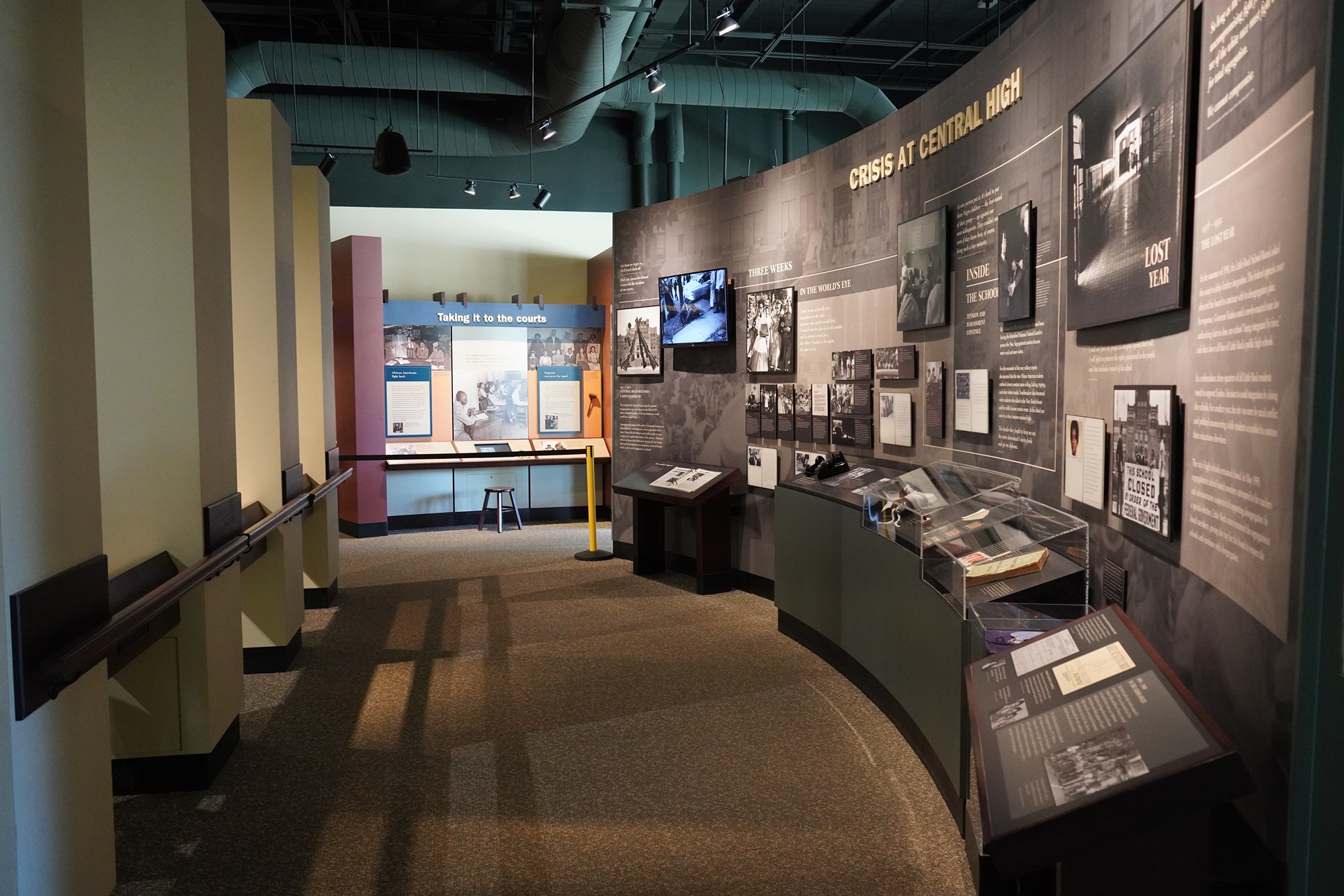
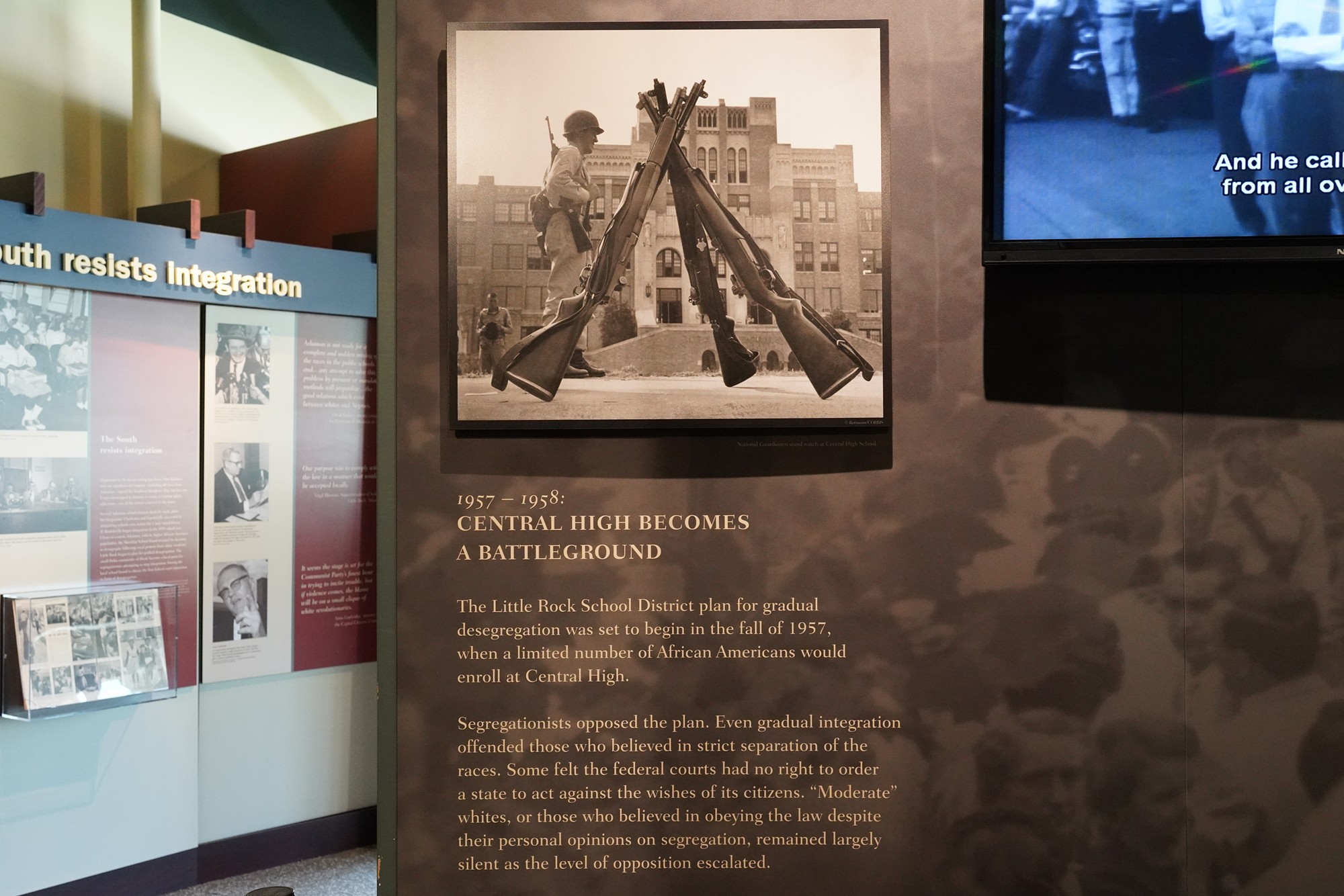

The Little Rock Nine would stand outside the classrooms during class time. In spite of this, they endured verbal and physical attacks from some of their classmates throughout the school year. Although some white students tried to help, few white students befriended any of the Nine
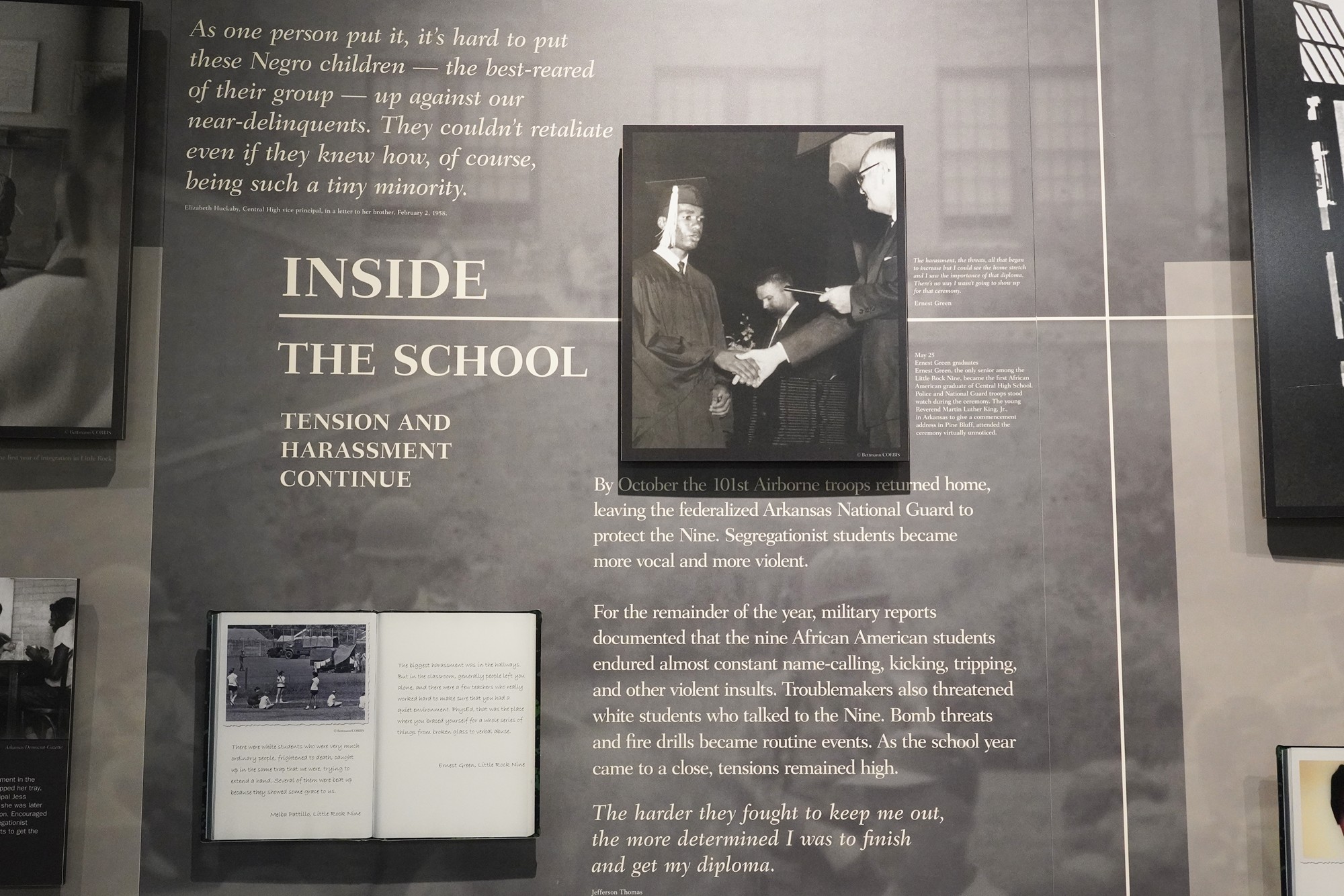
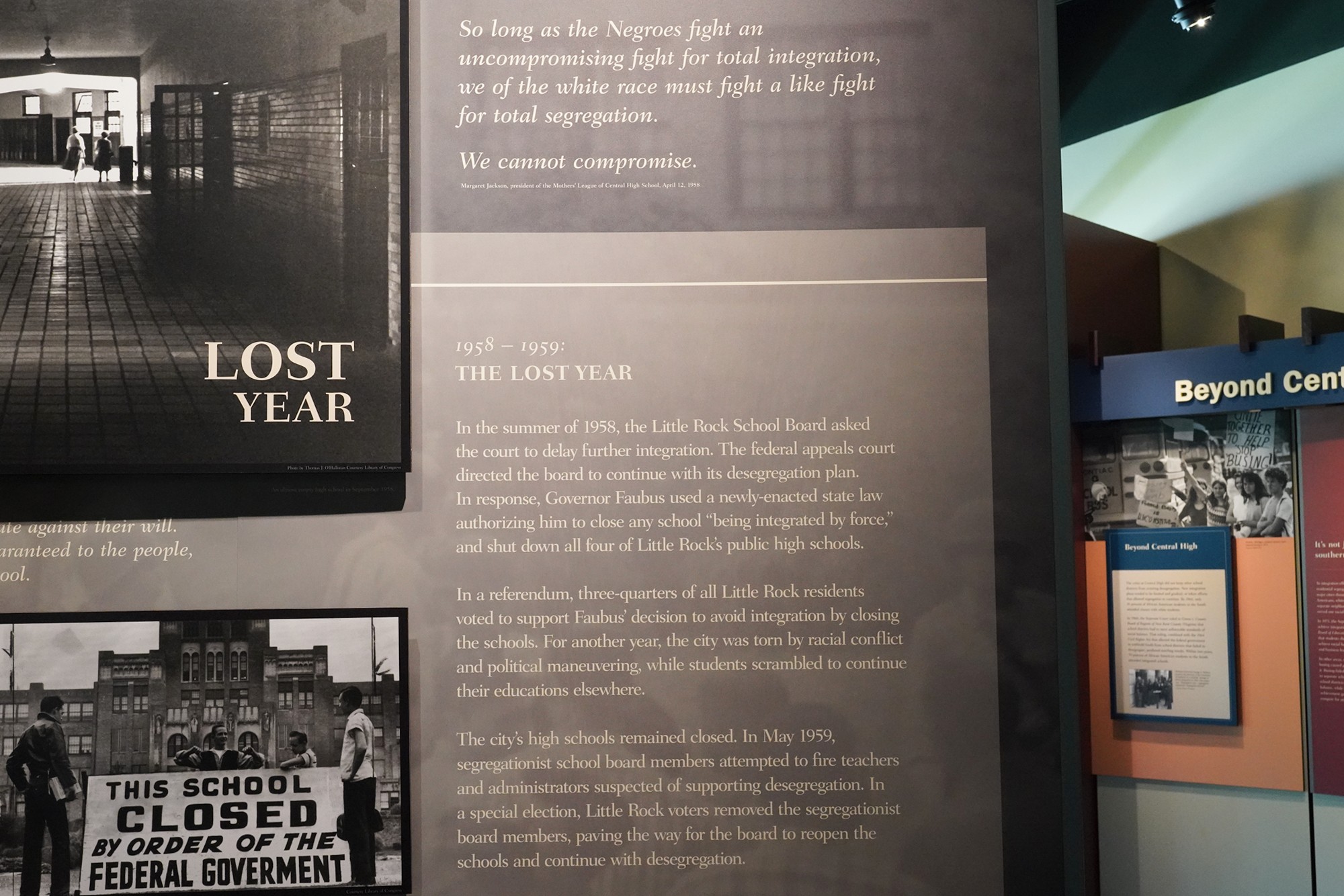
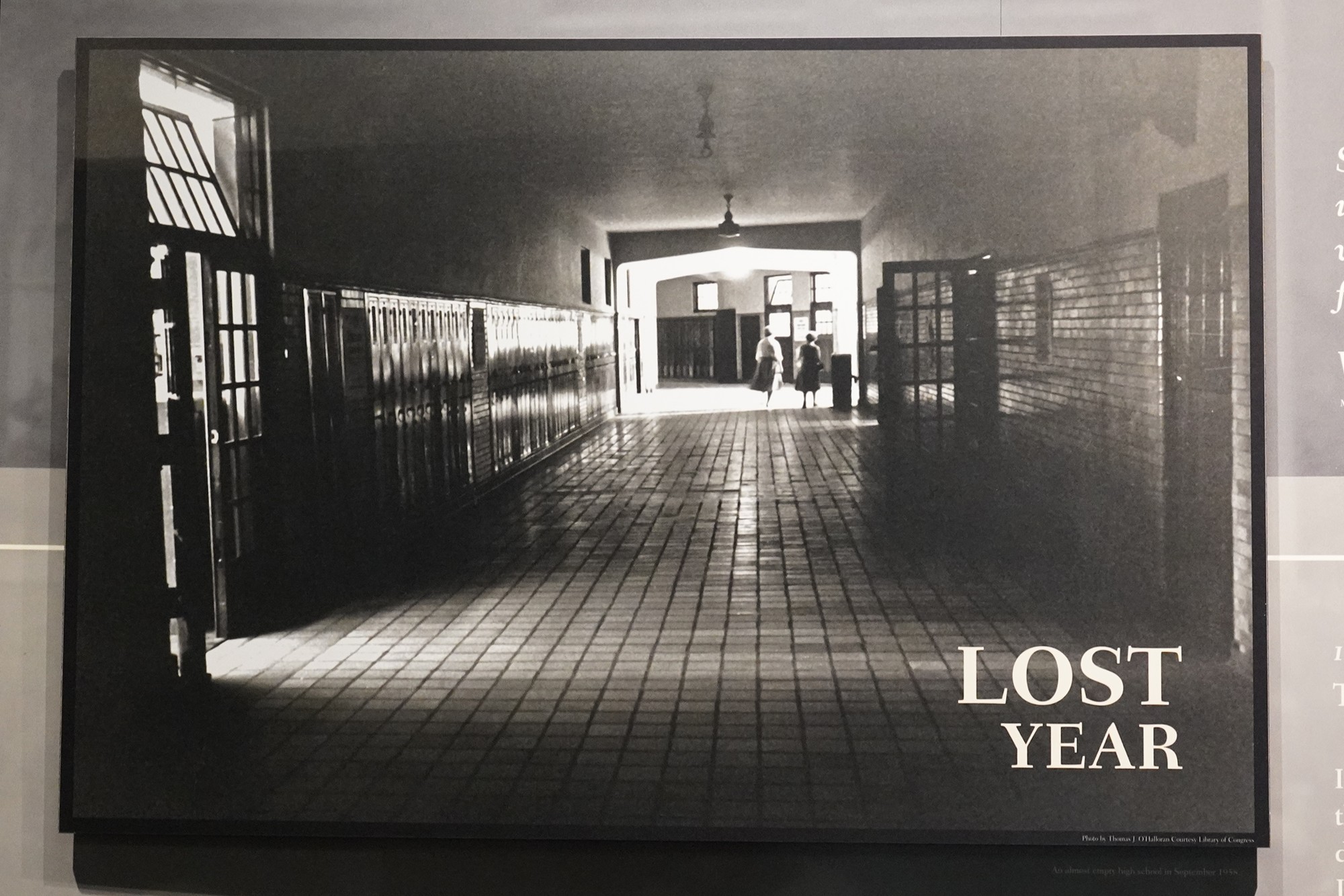
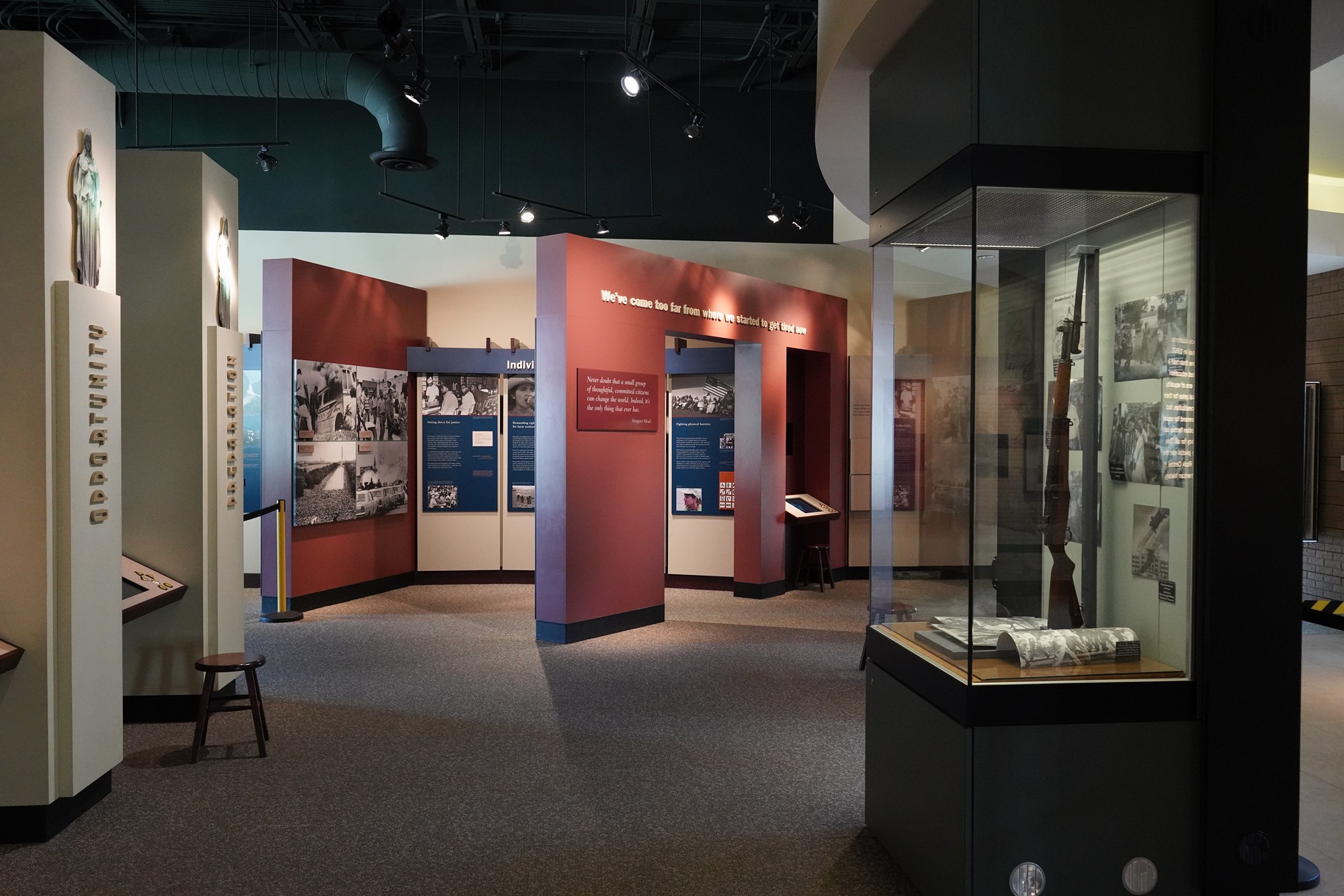
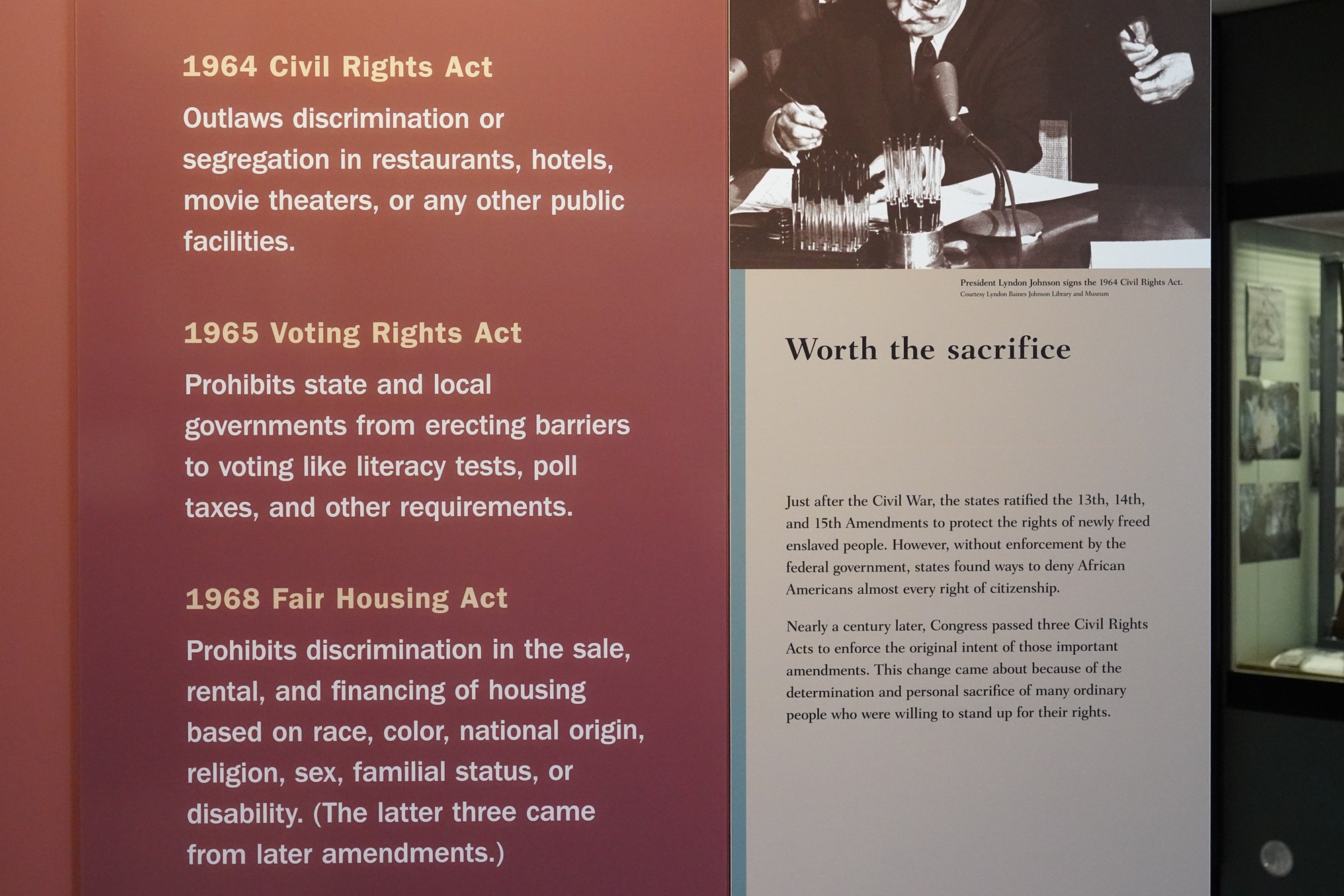
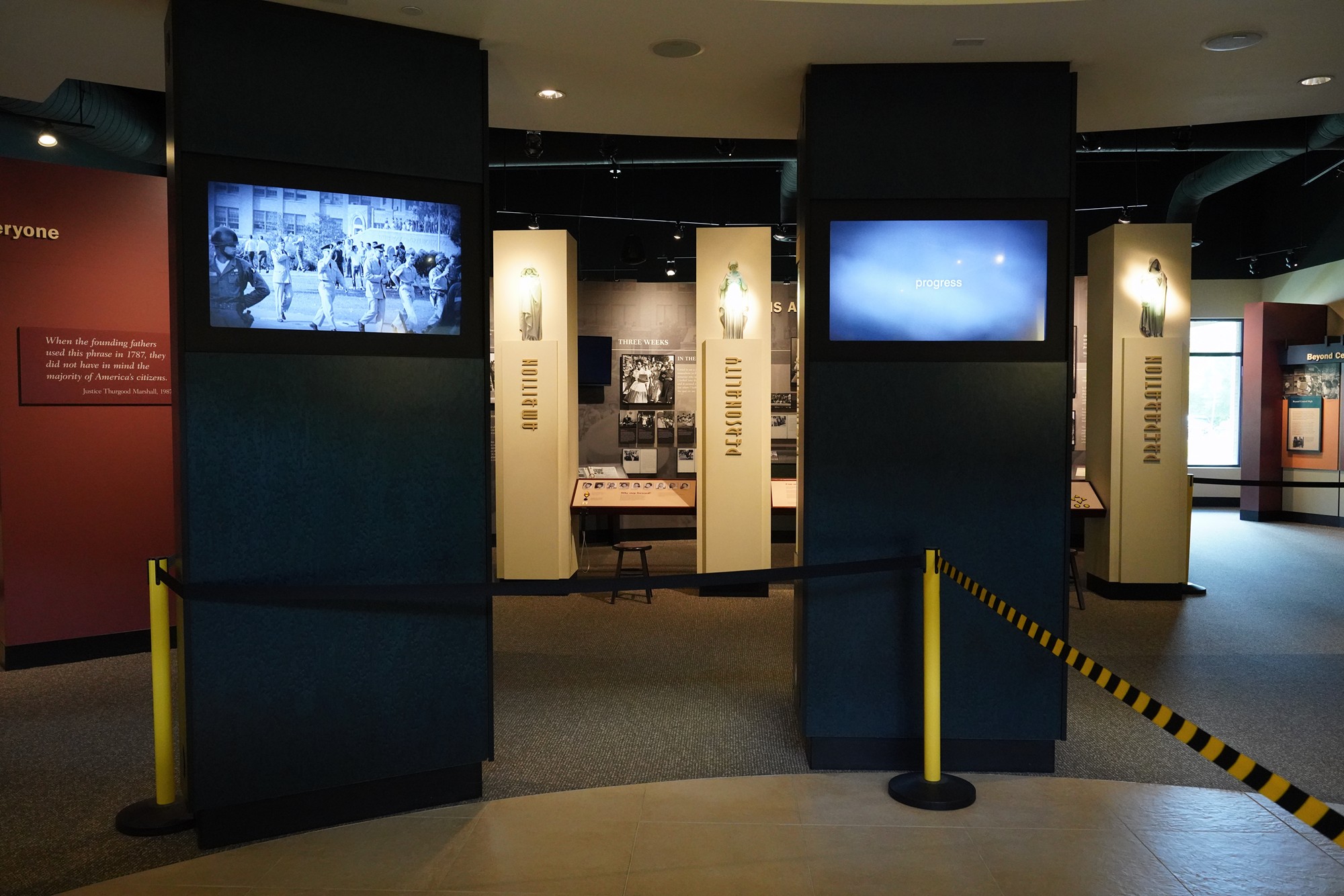
Walking to the school, which is just across the street from the museum. The old gas station is kept for historical preservation.
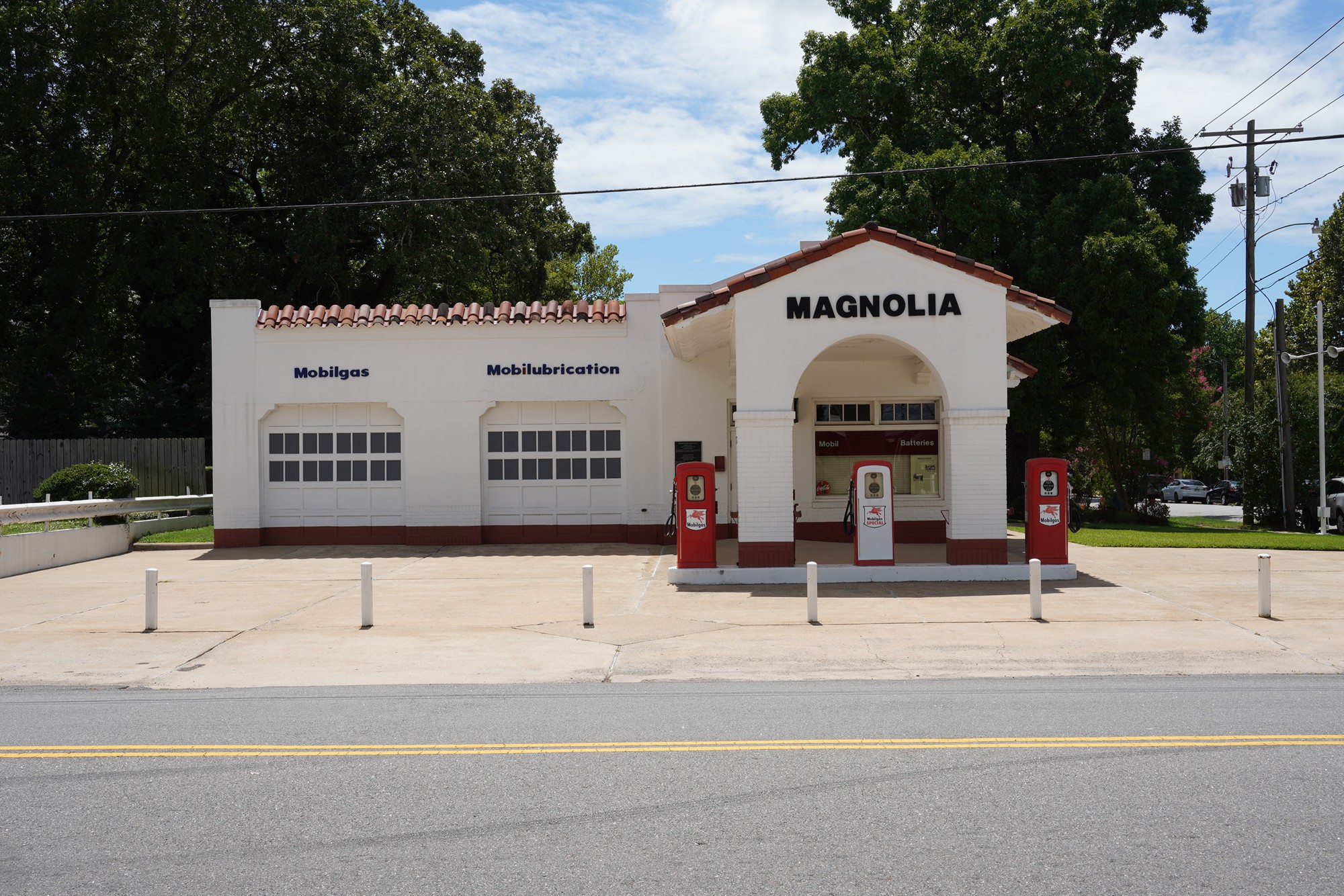
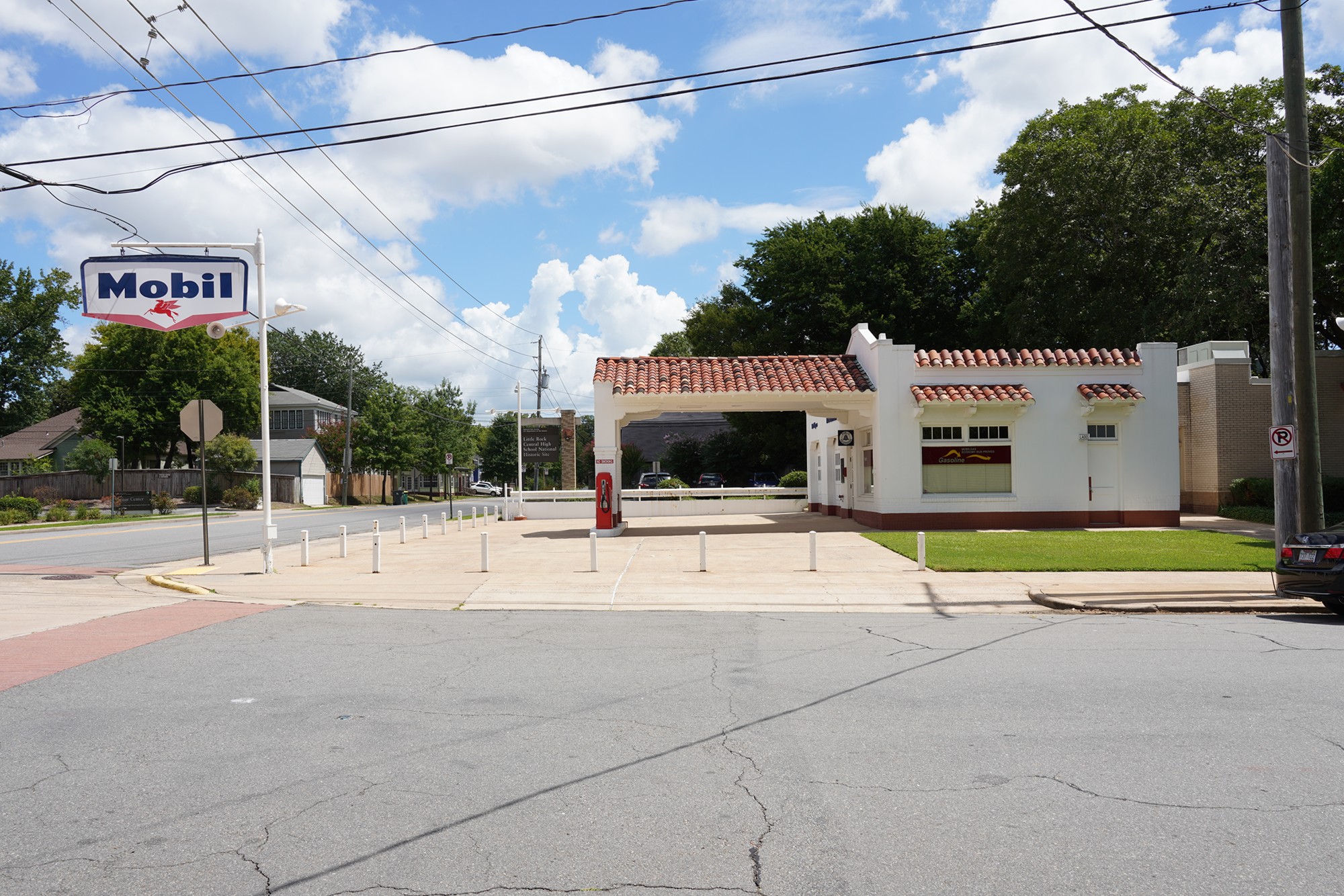
The school is in session, and visitors are not allowed inside the school.

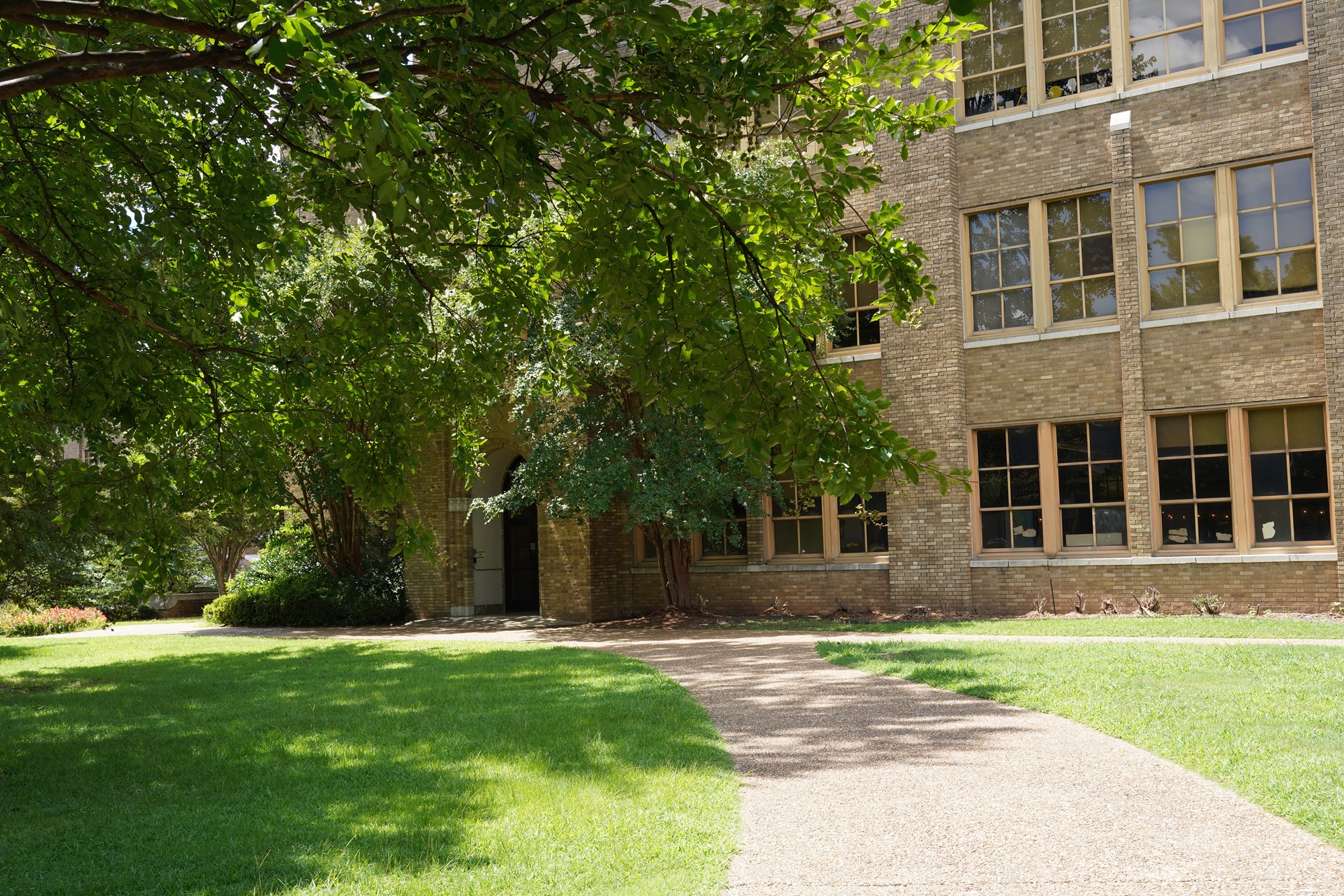
The road in front of the school.
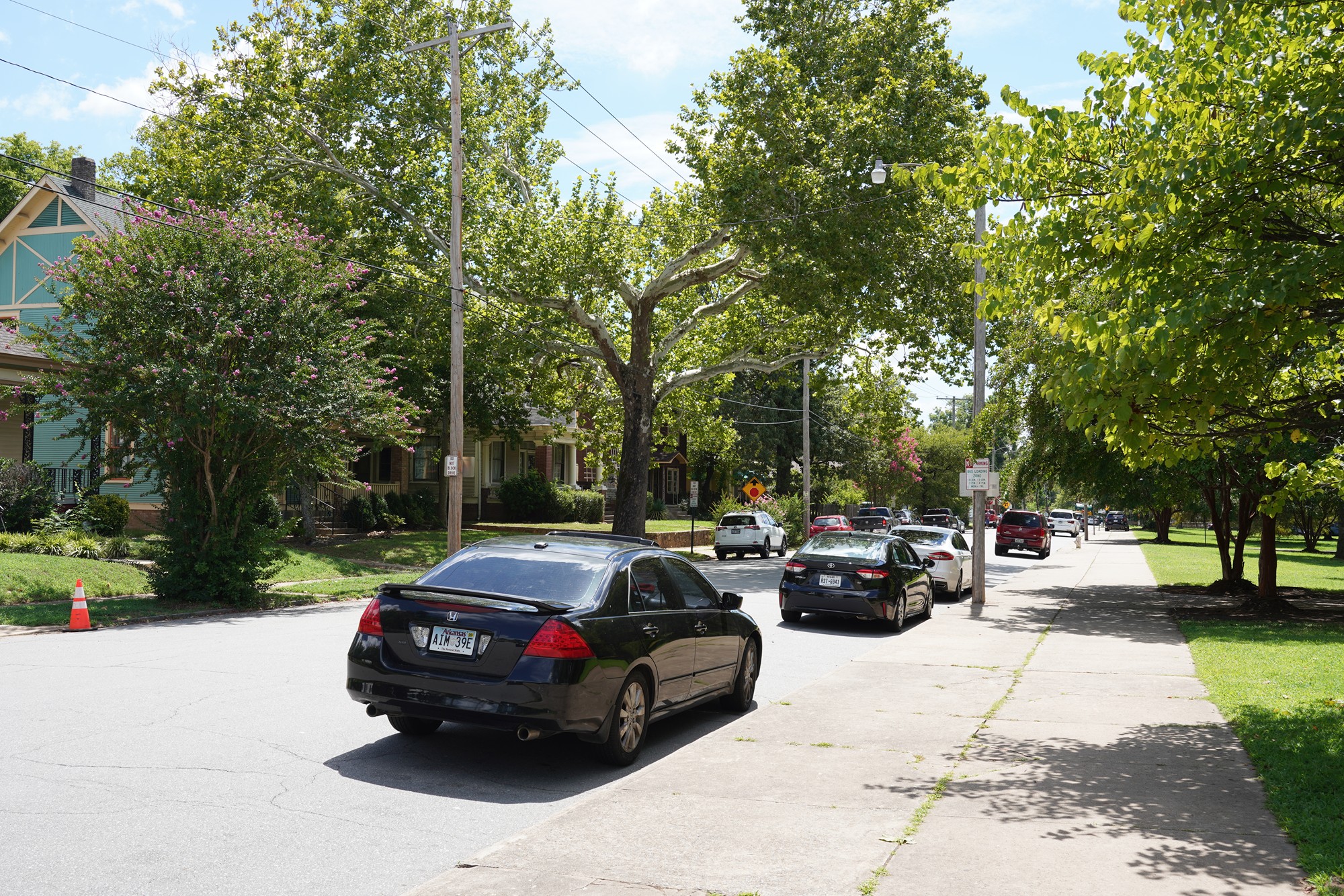
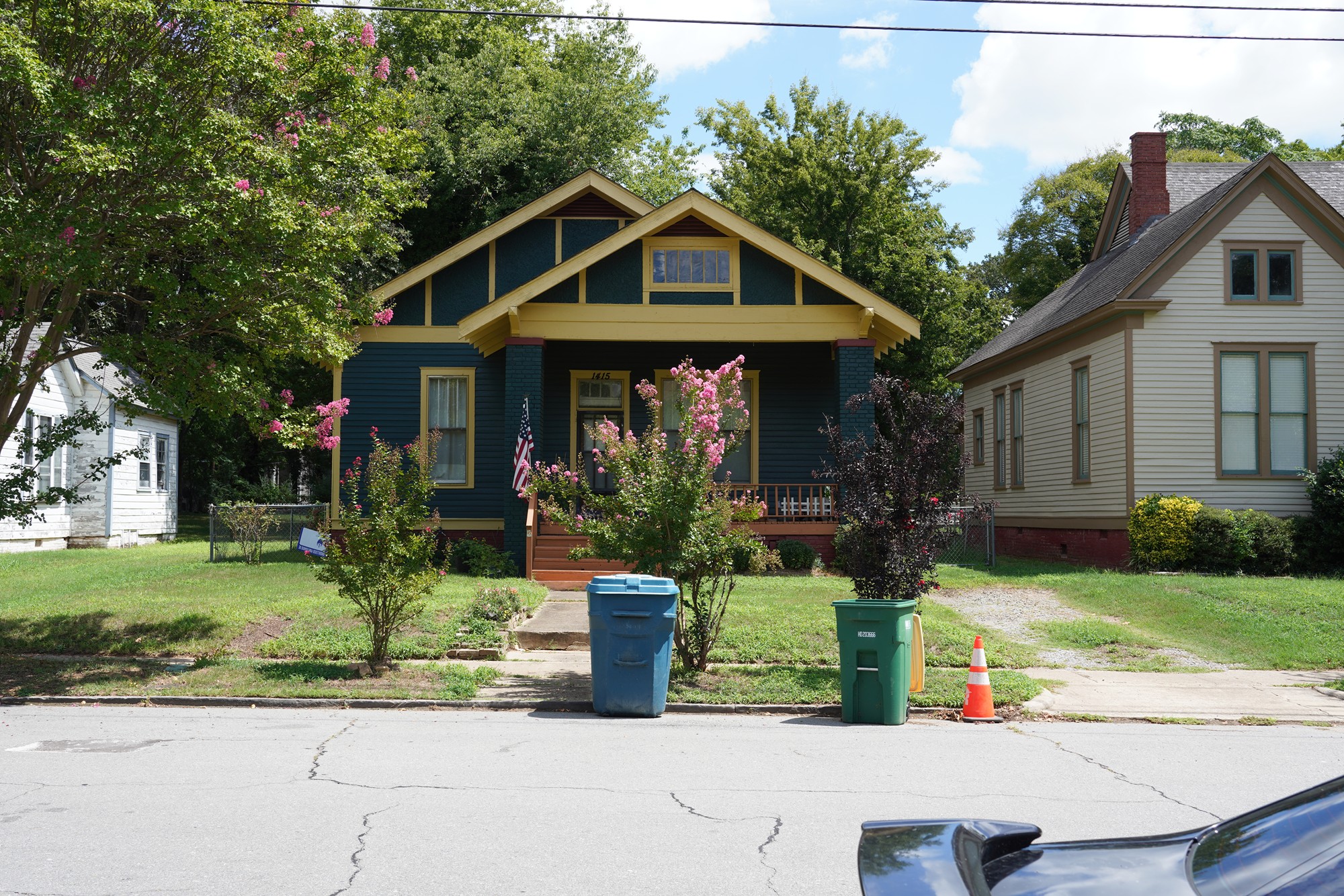
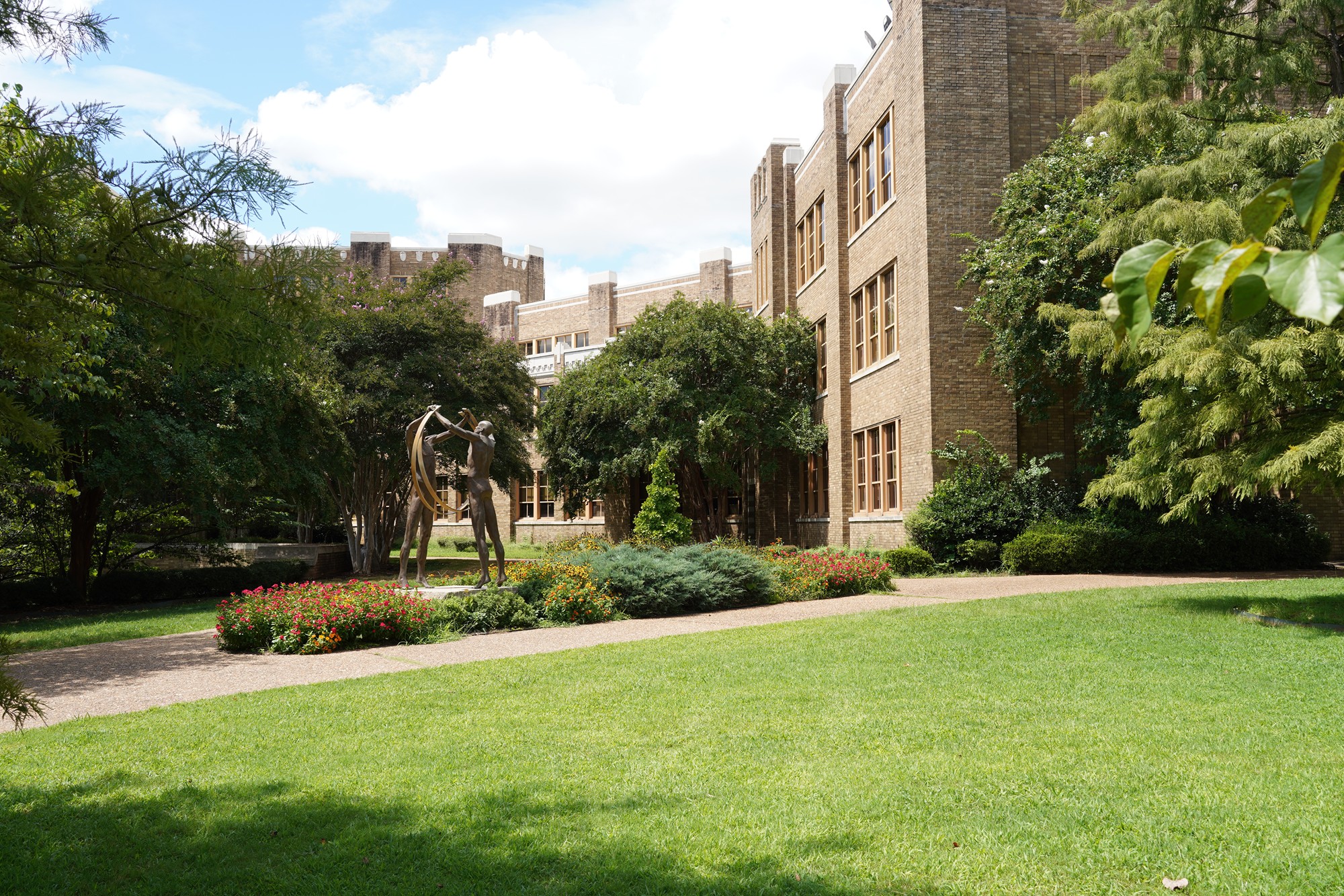
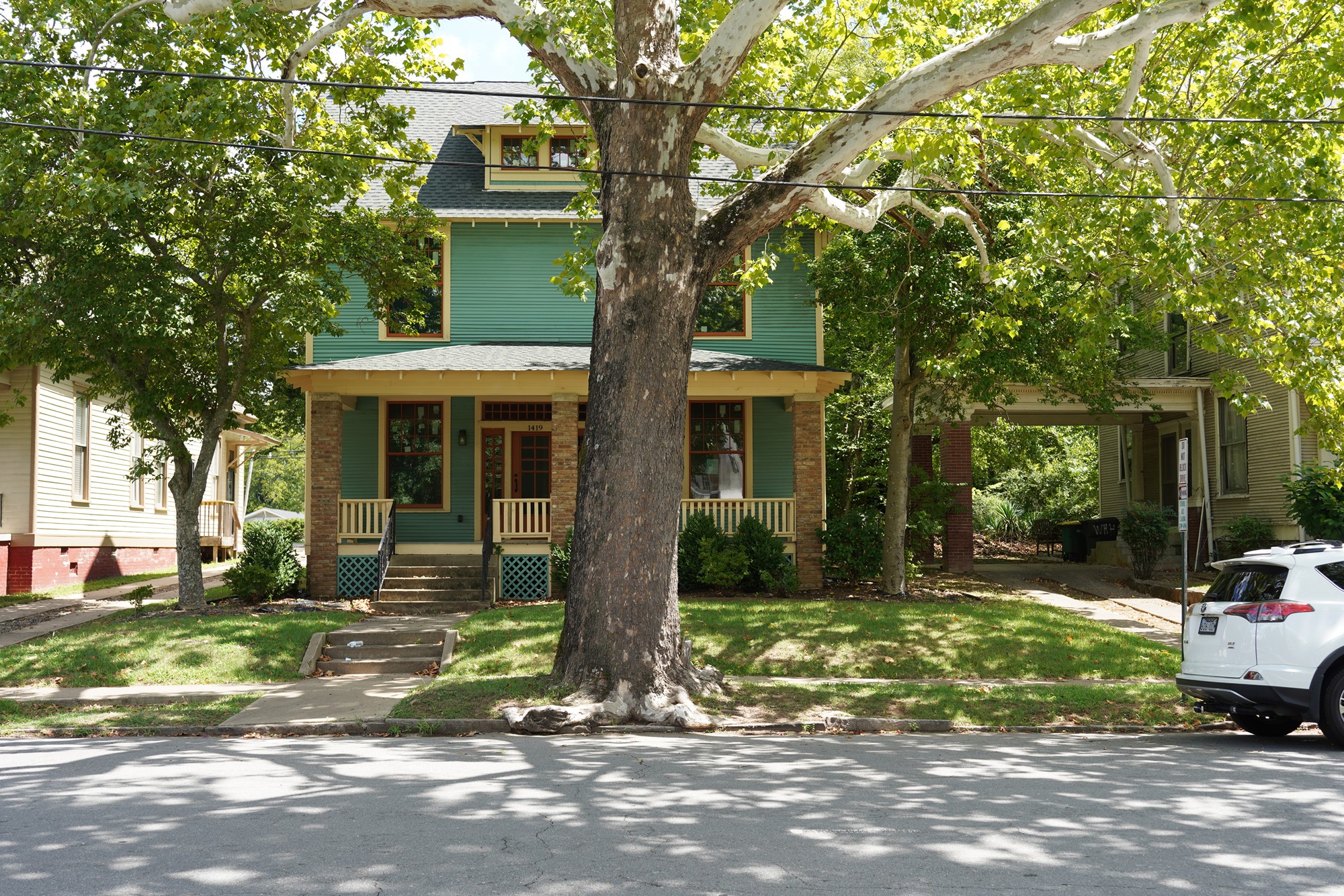
In 1927 at a cost of US$1.5 million, the city completed construction on the nation’s largest and most expensive high school facility, which remains in use today. It has since been listed on the U.S. National Register of Historic Places and named as a U.S. National Historic Landmark and National Historic Site.
